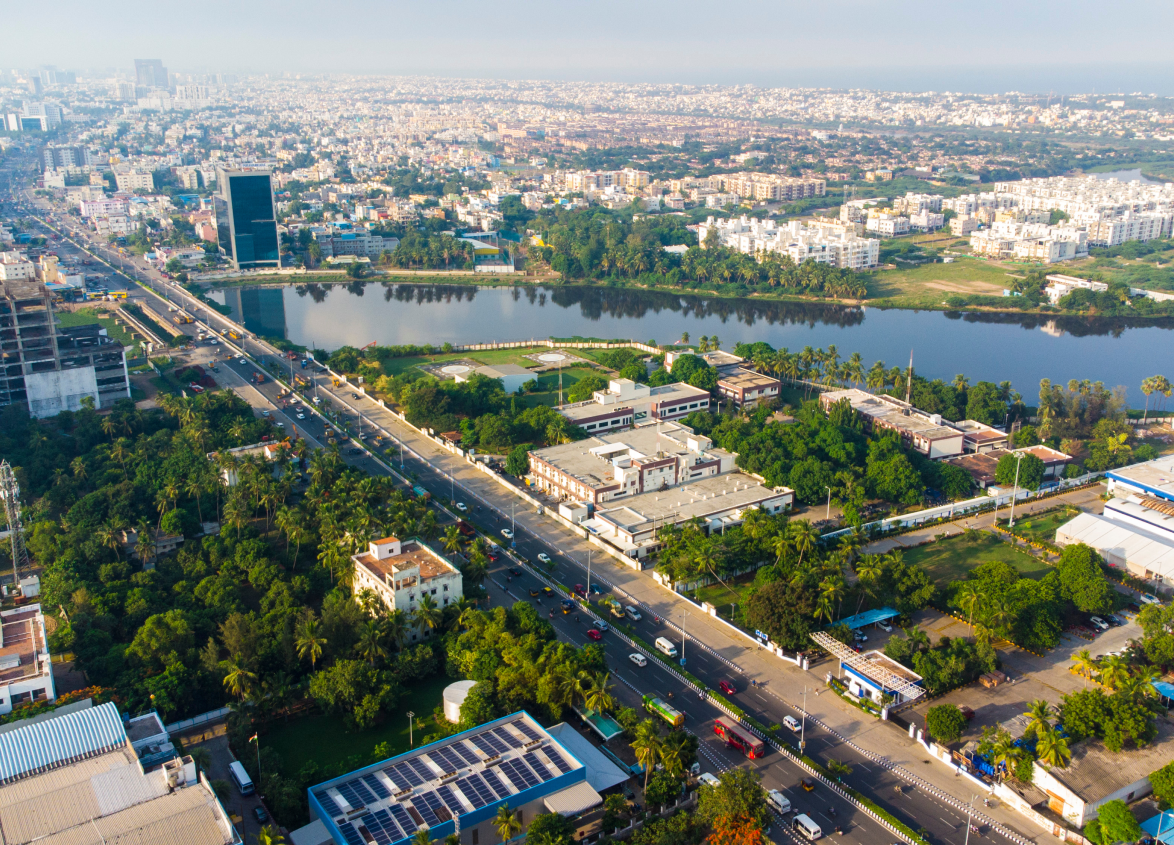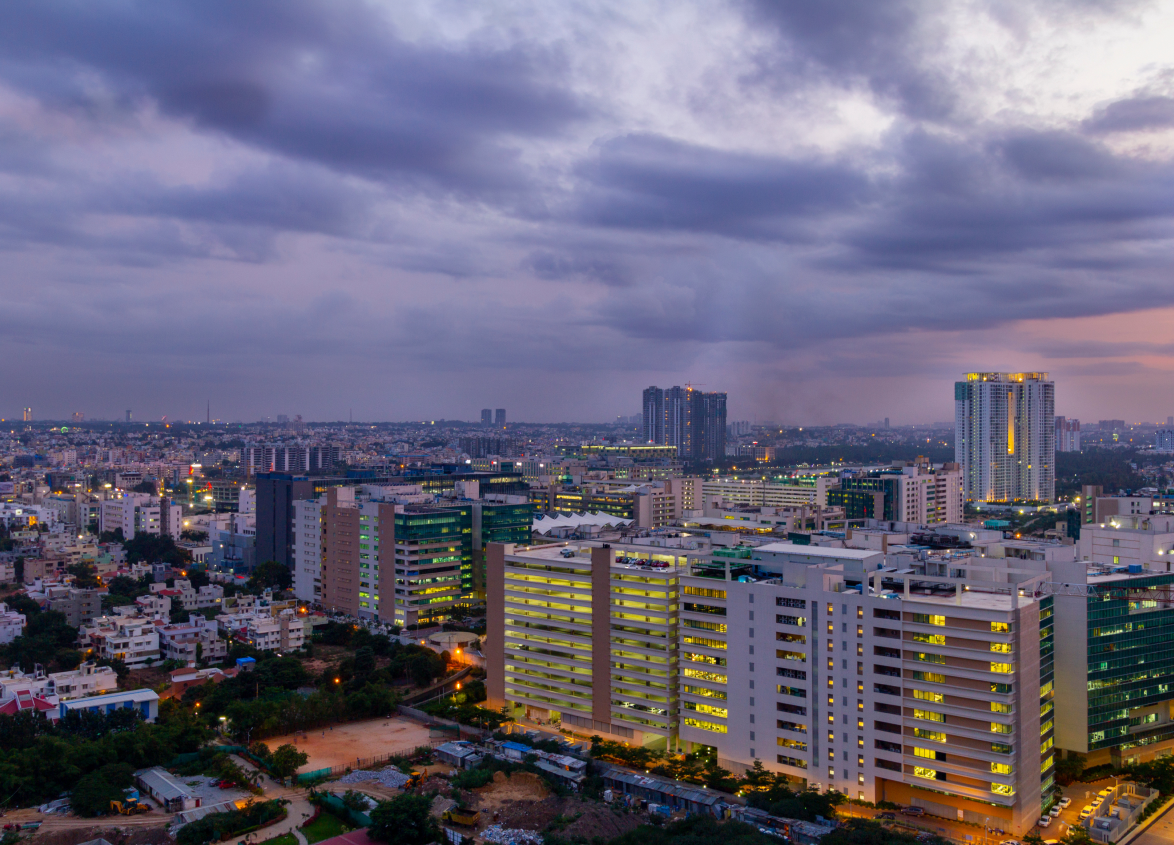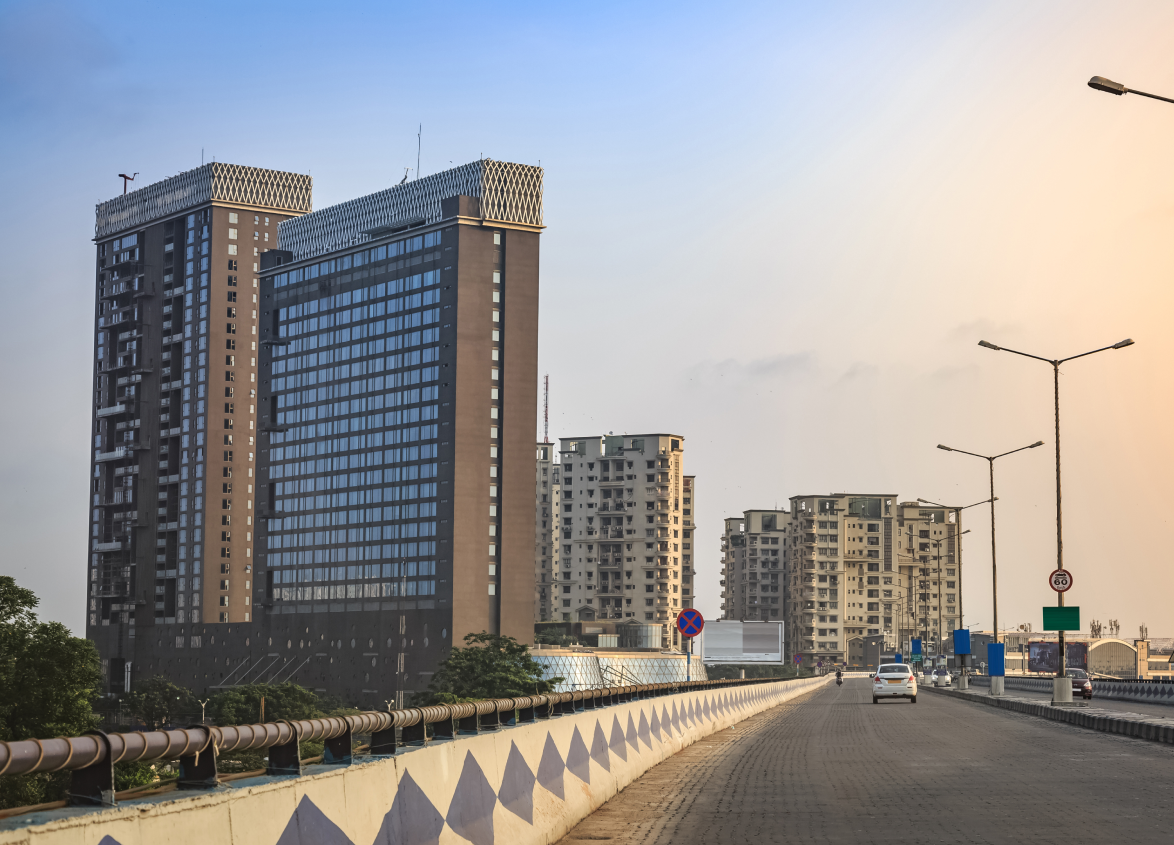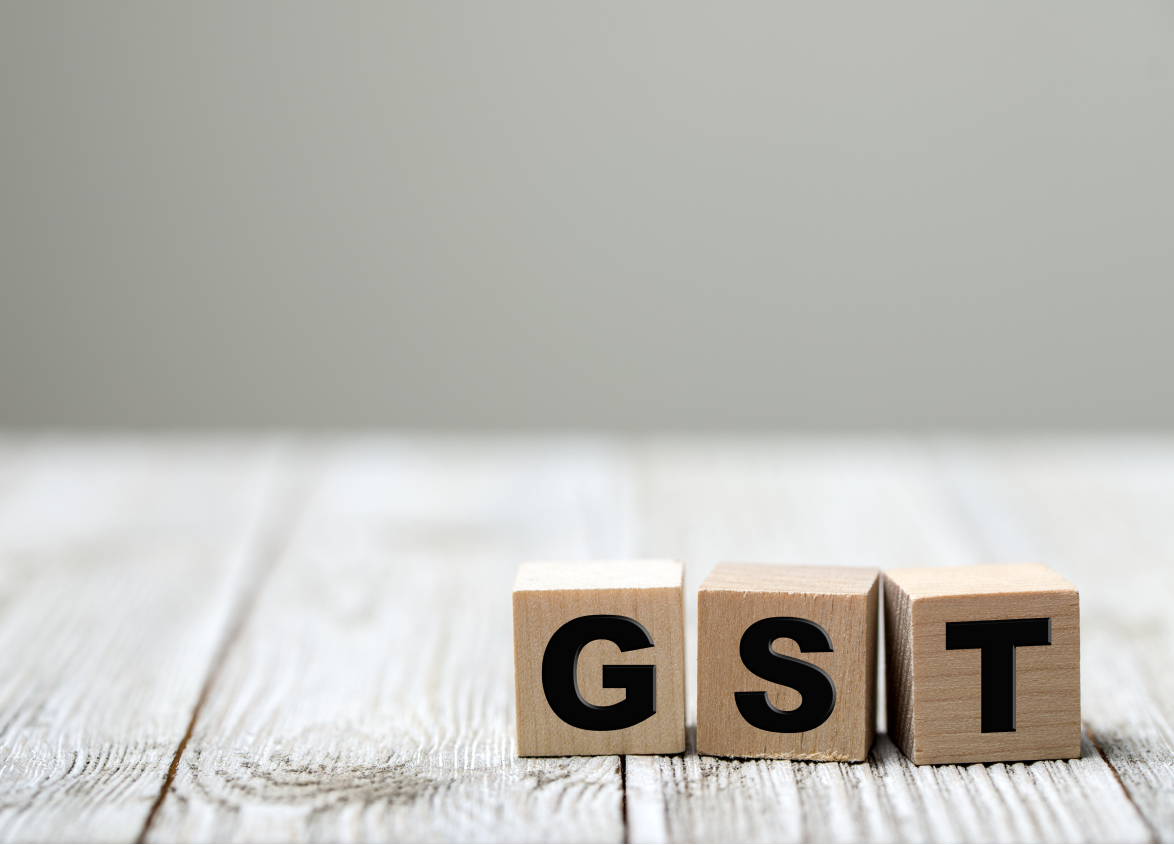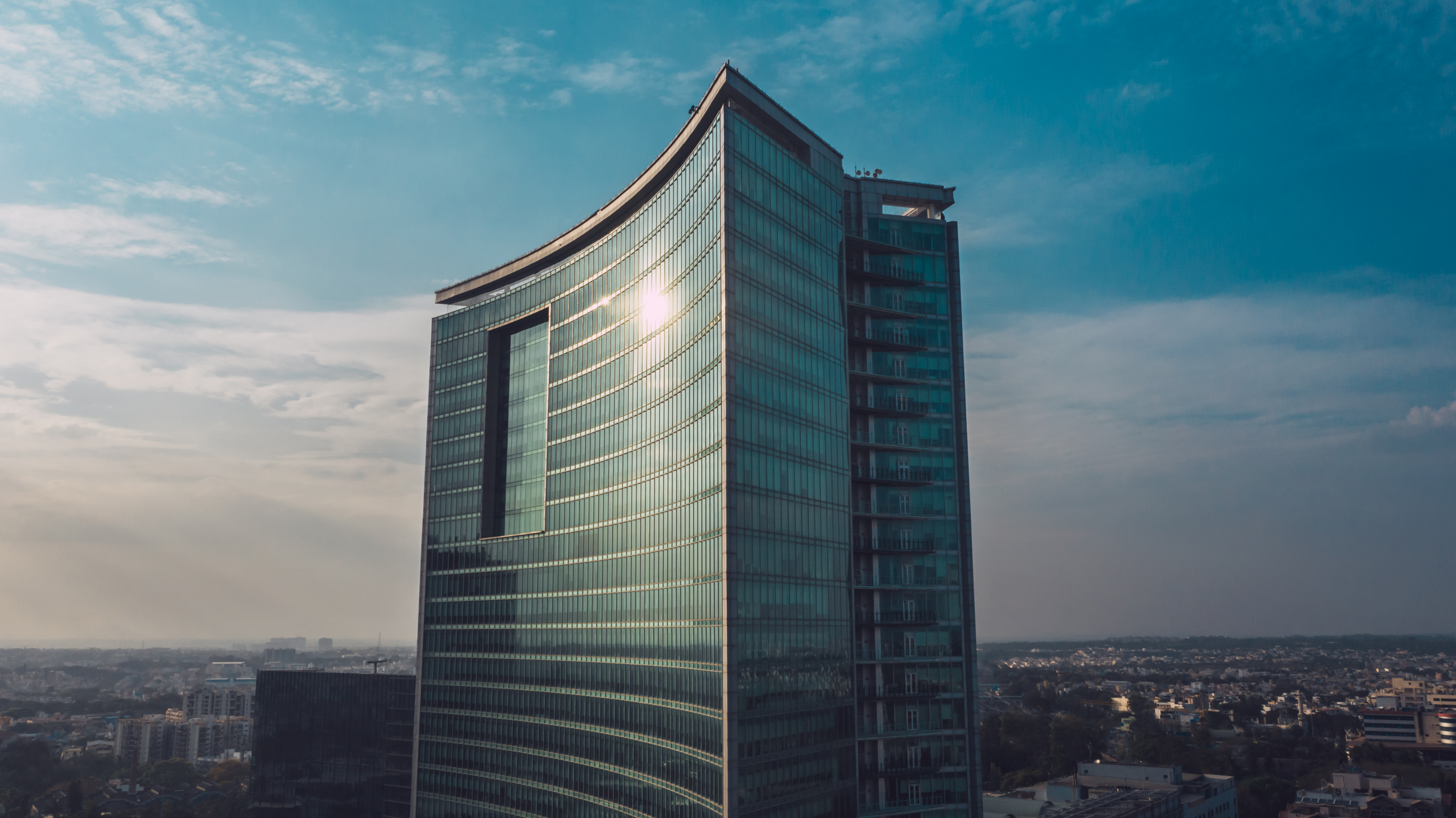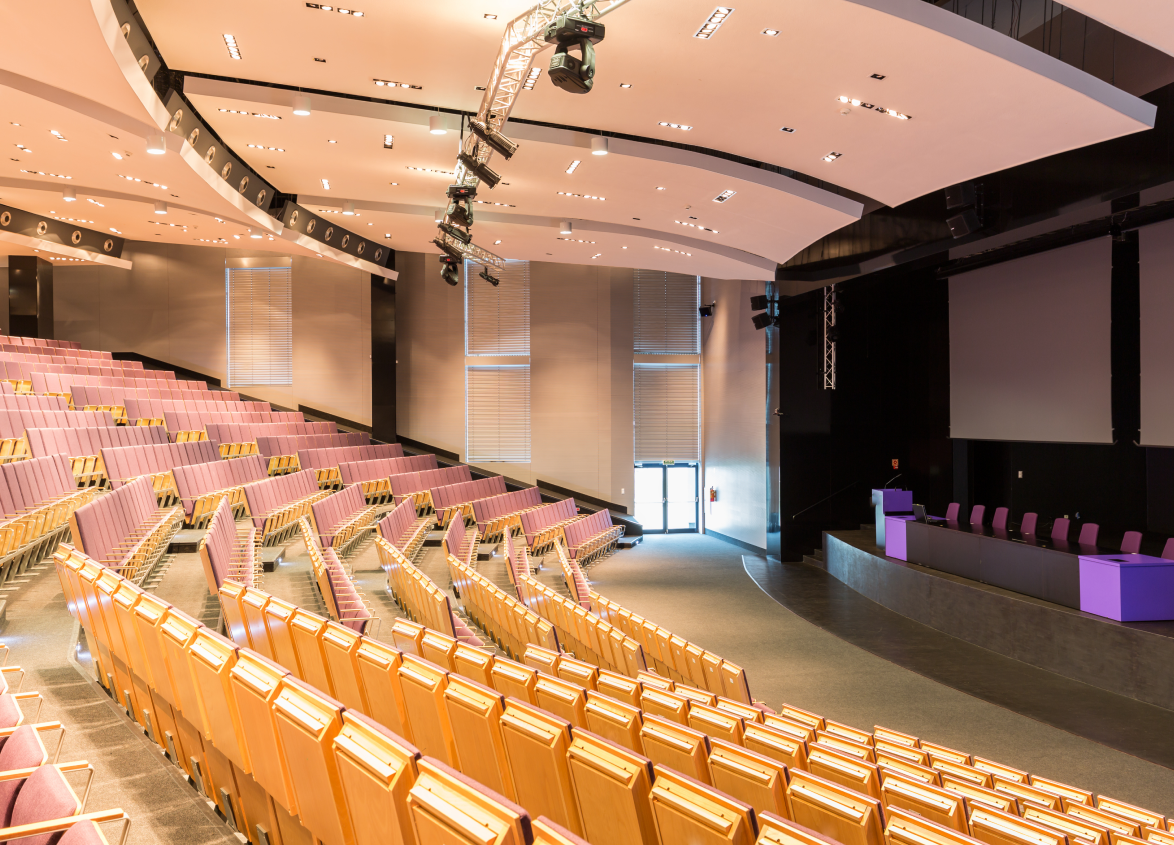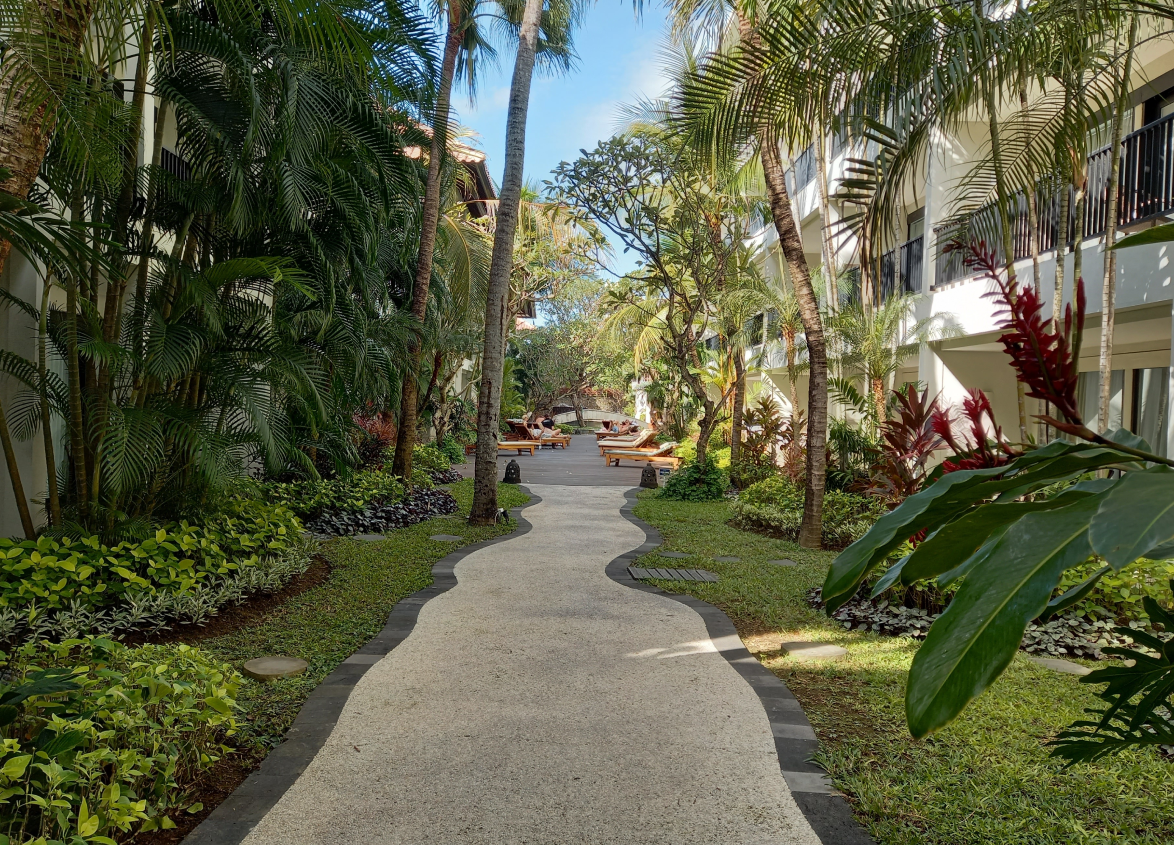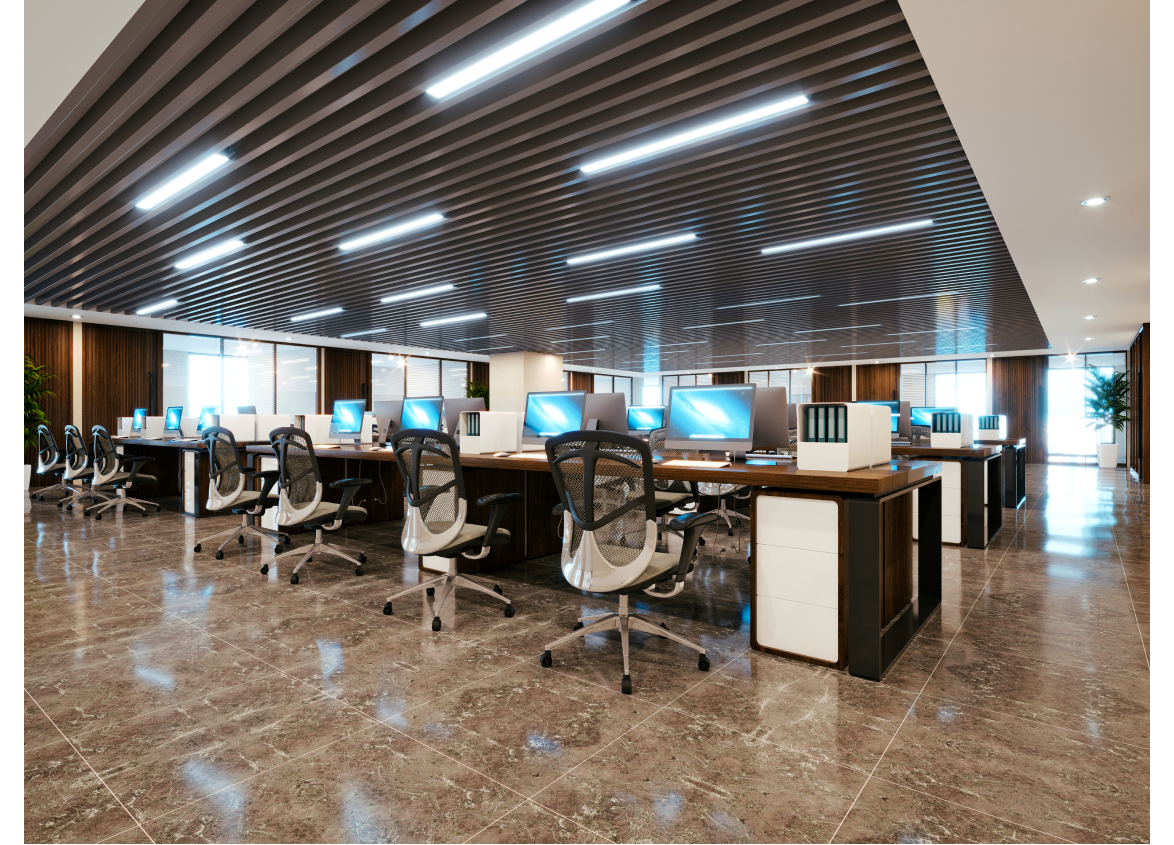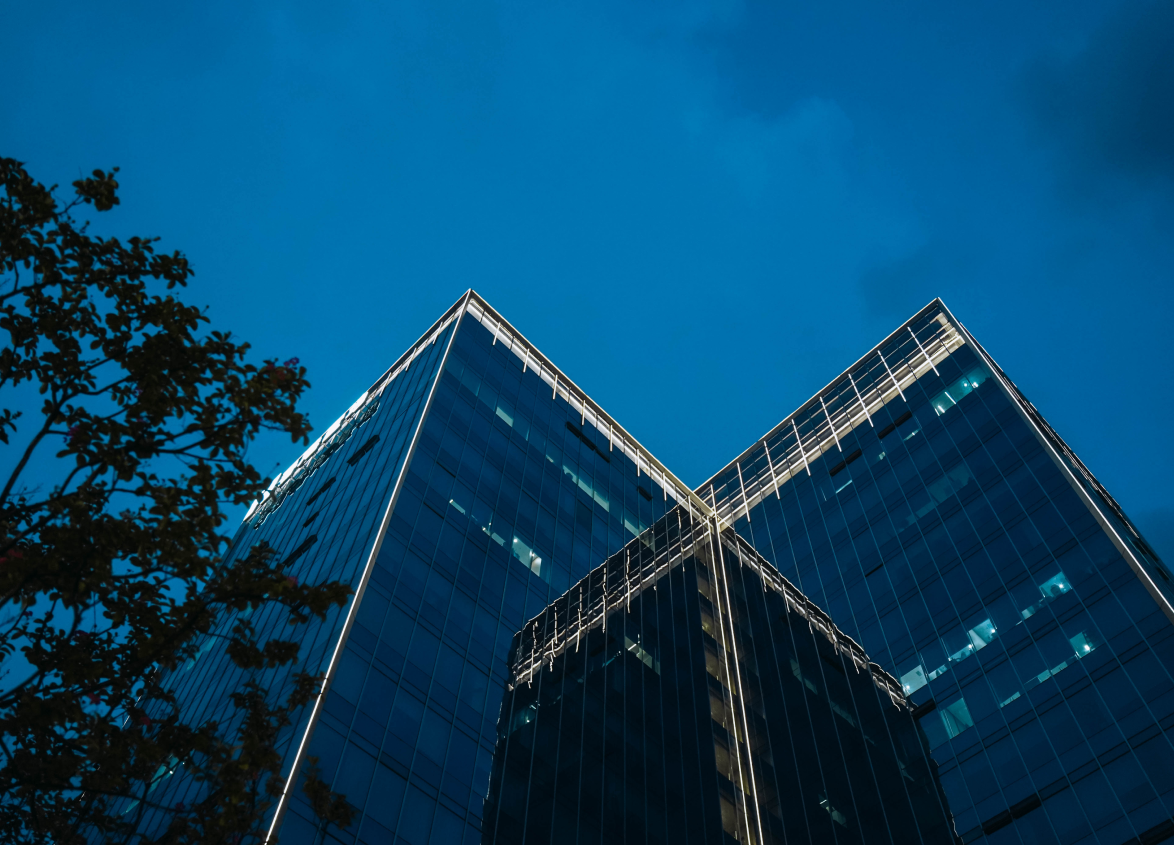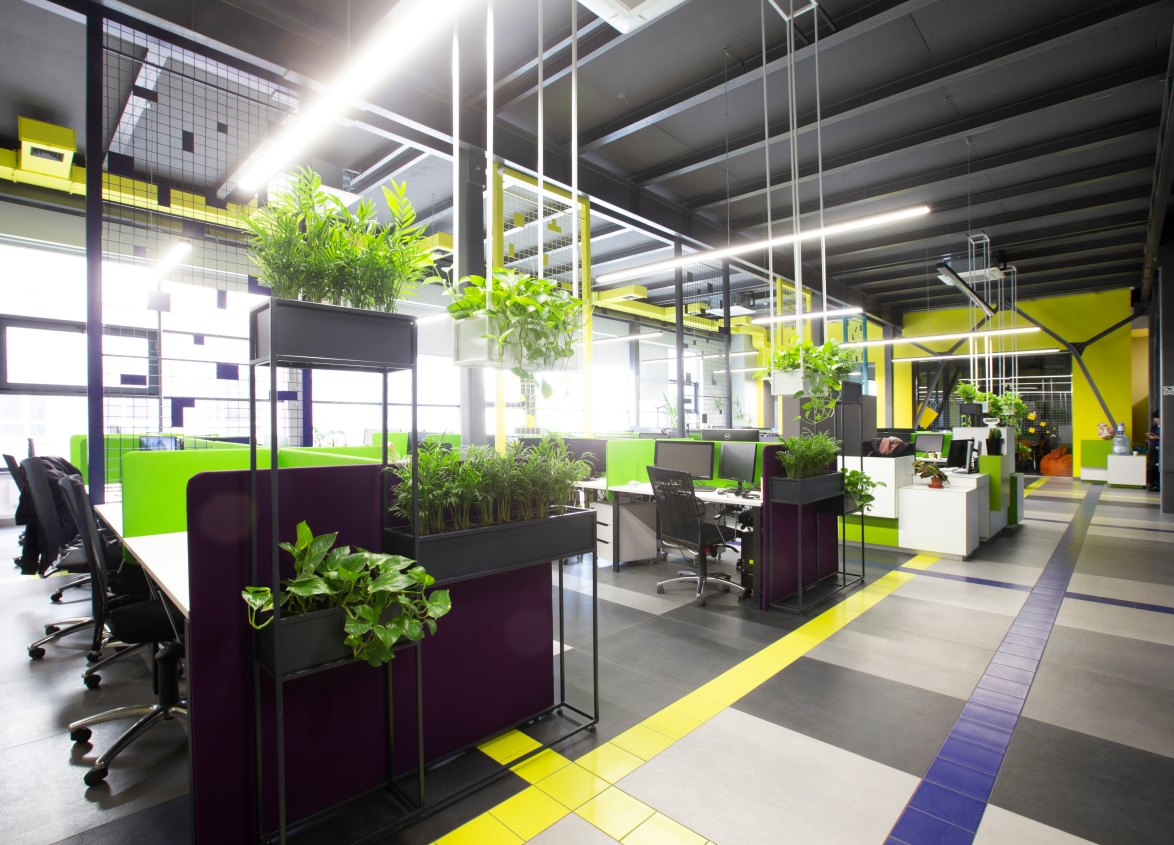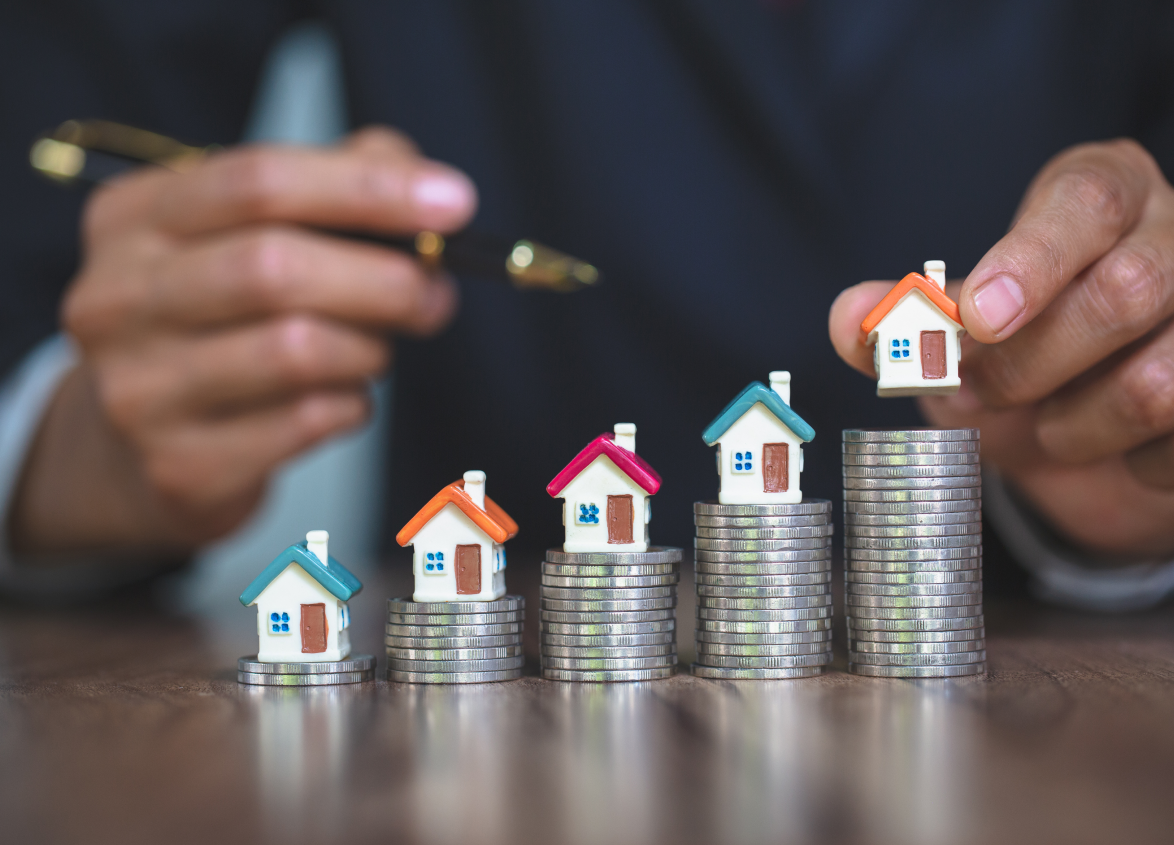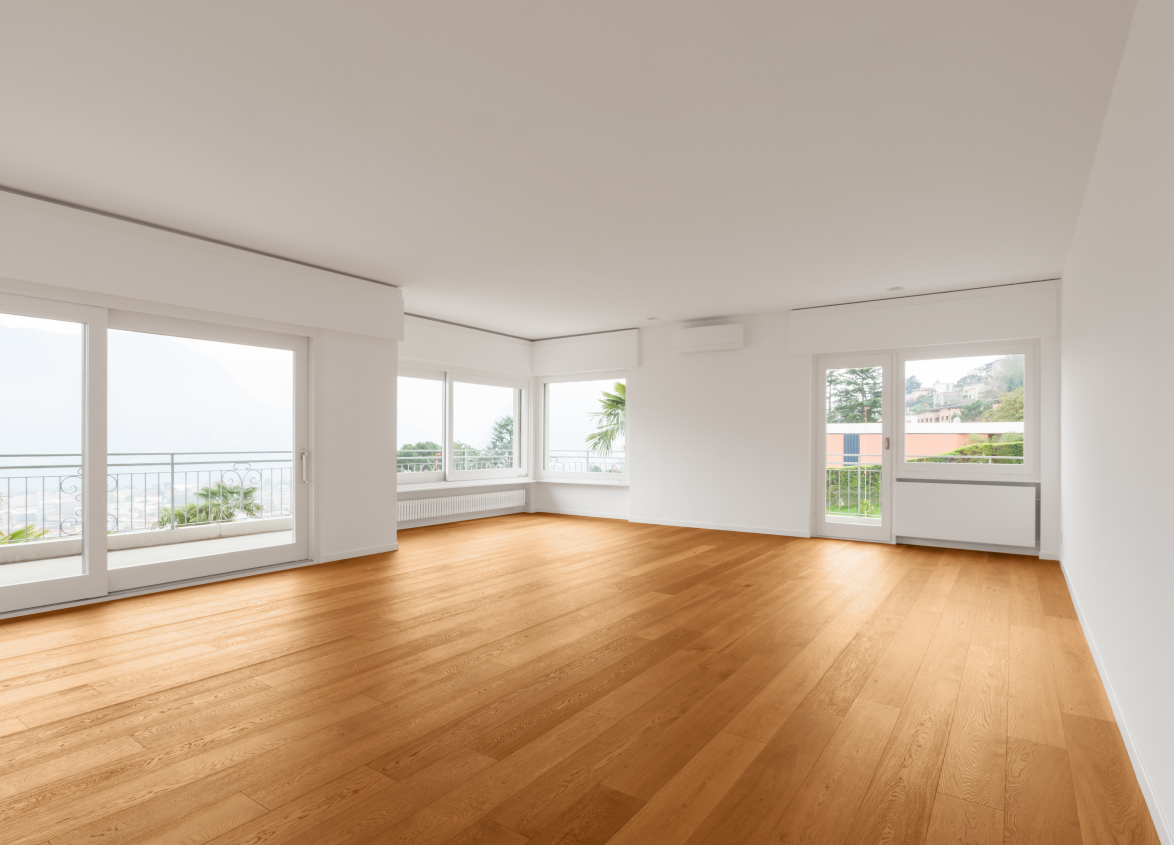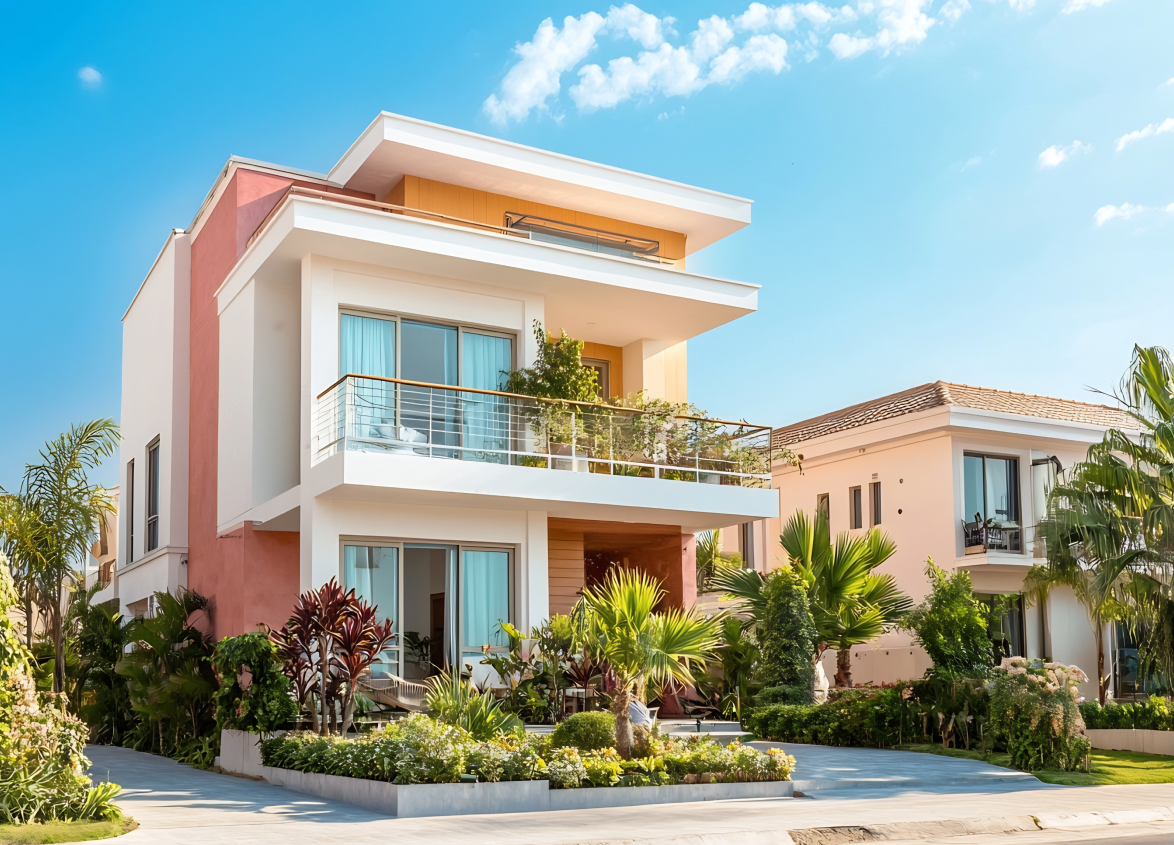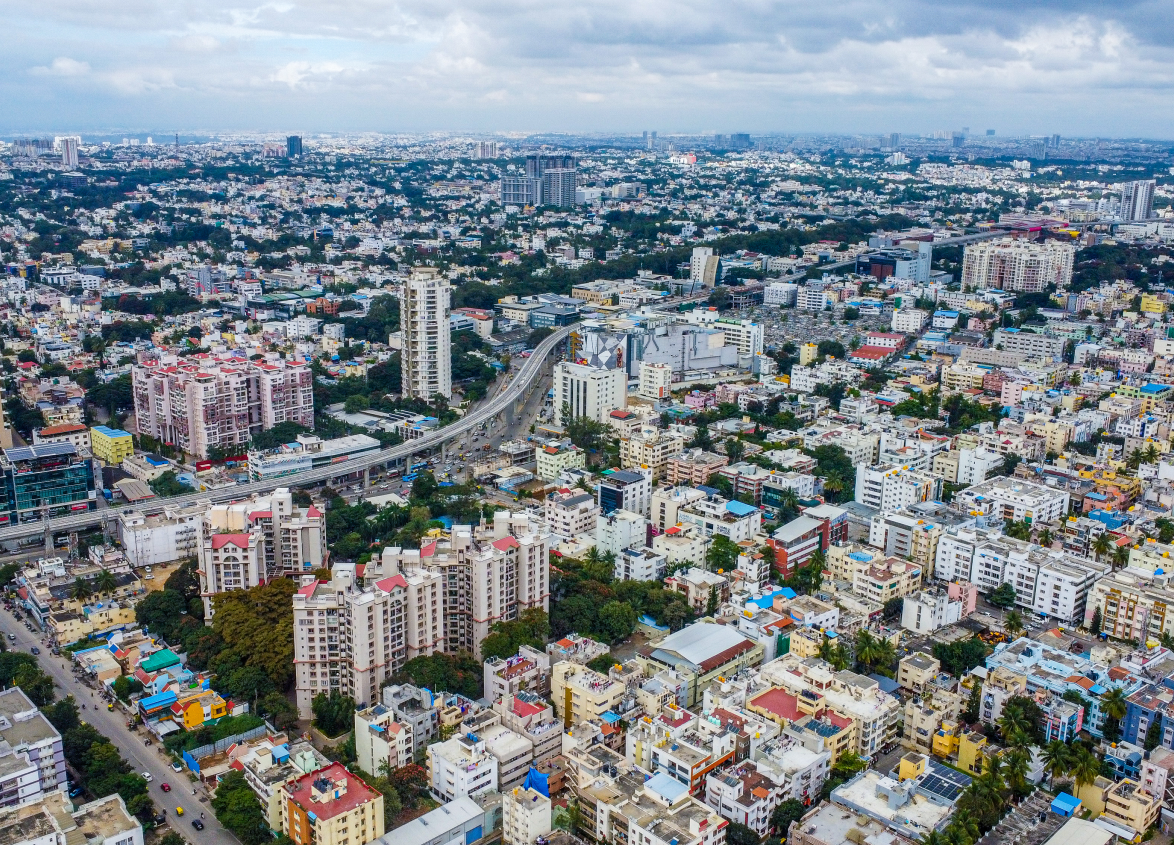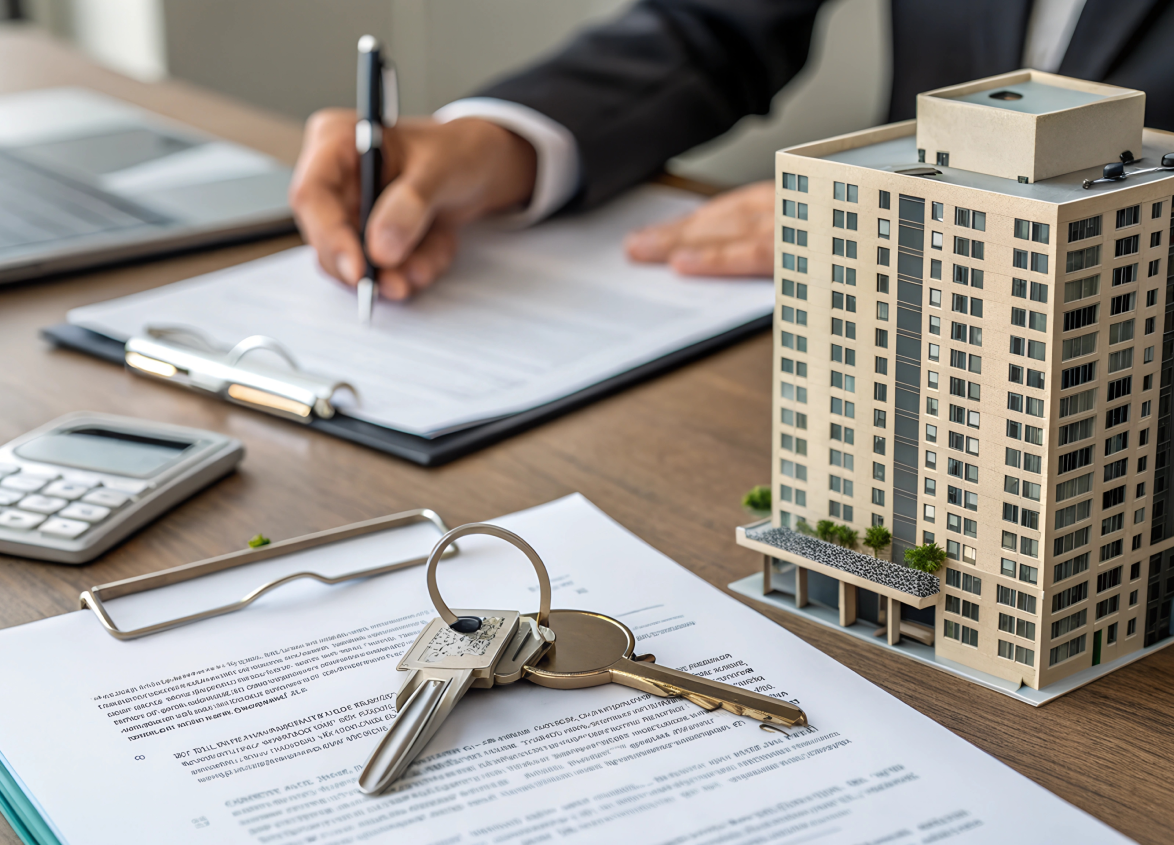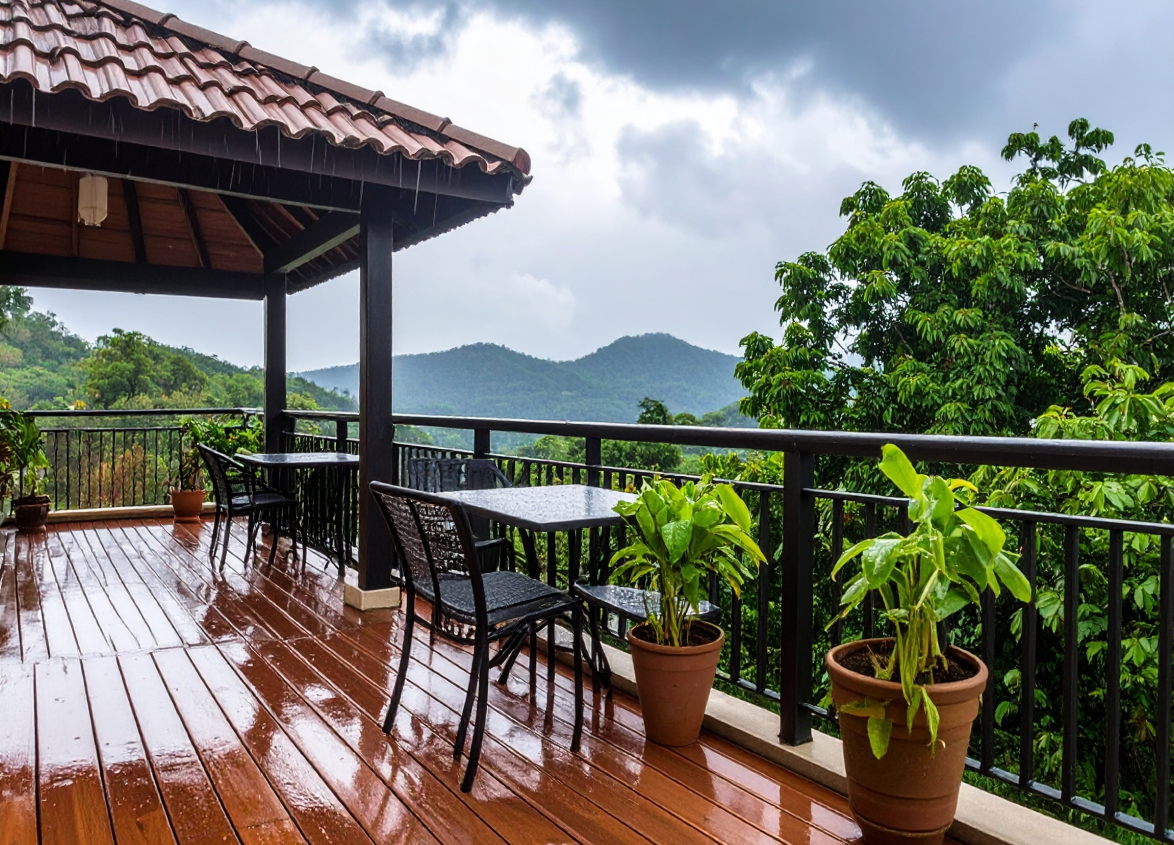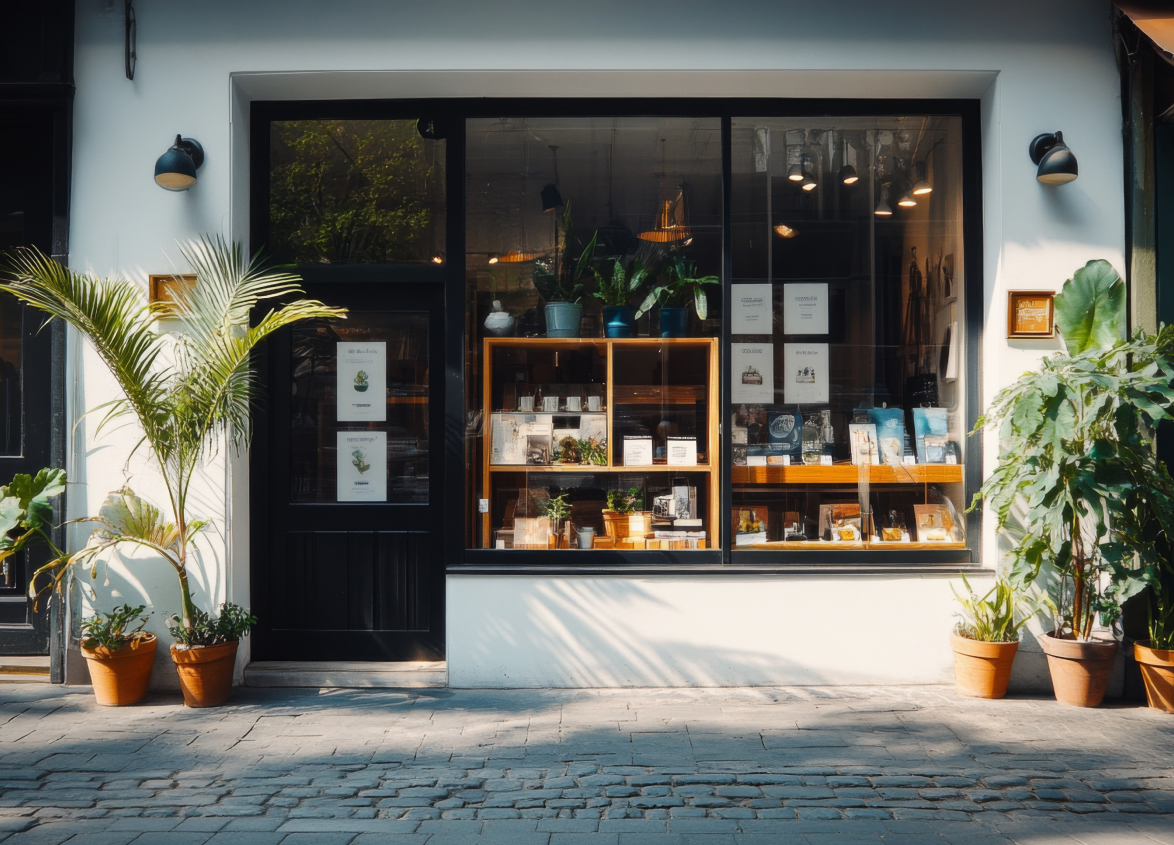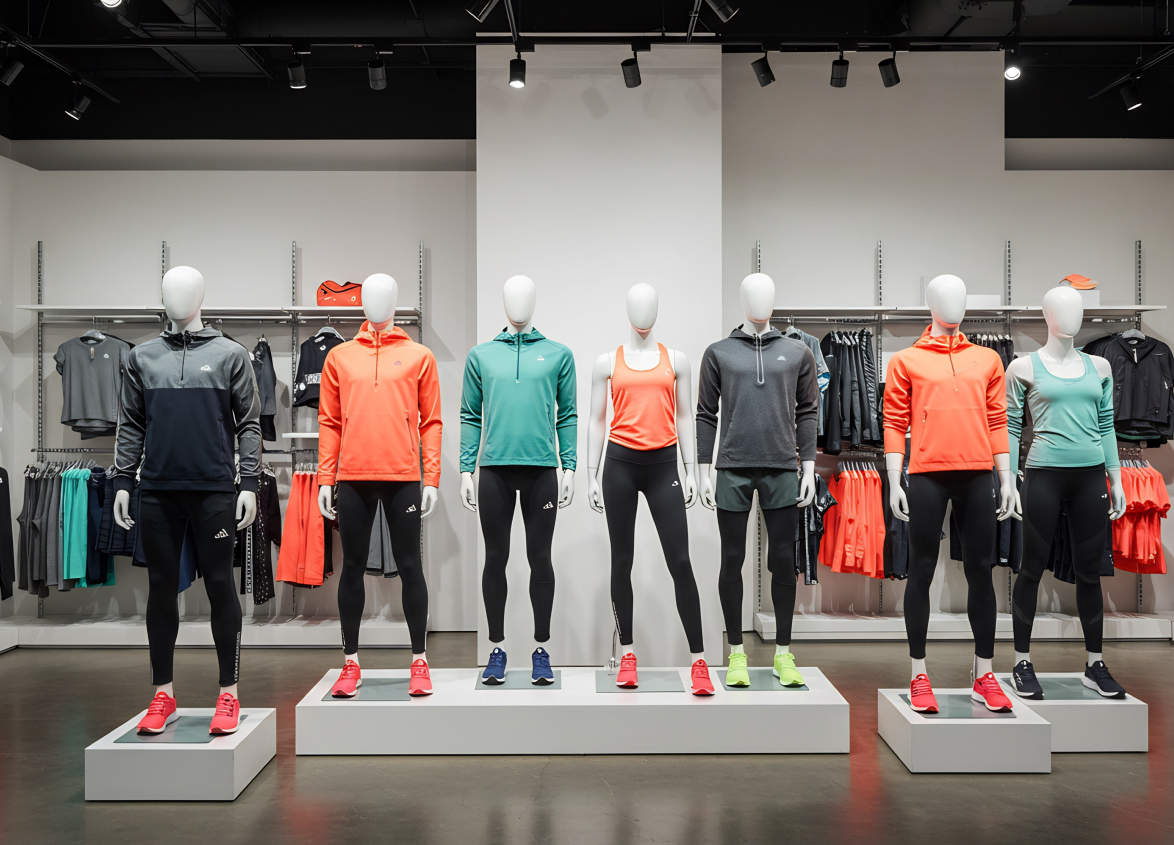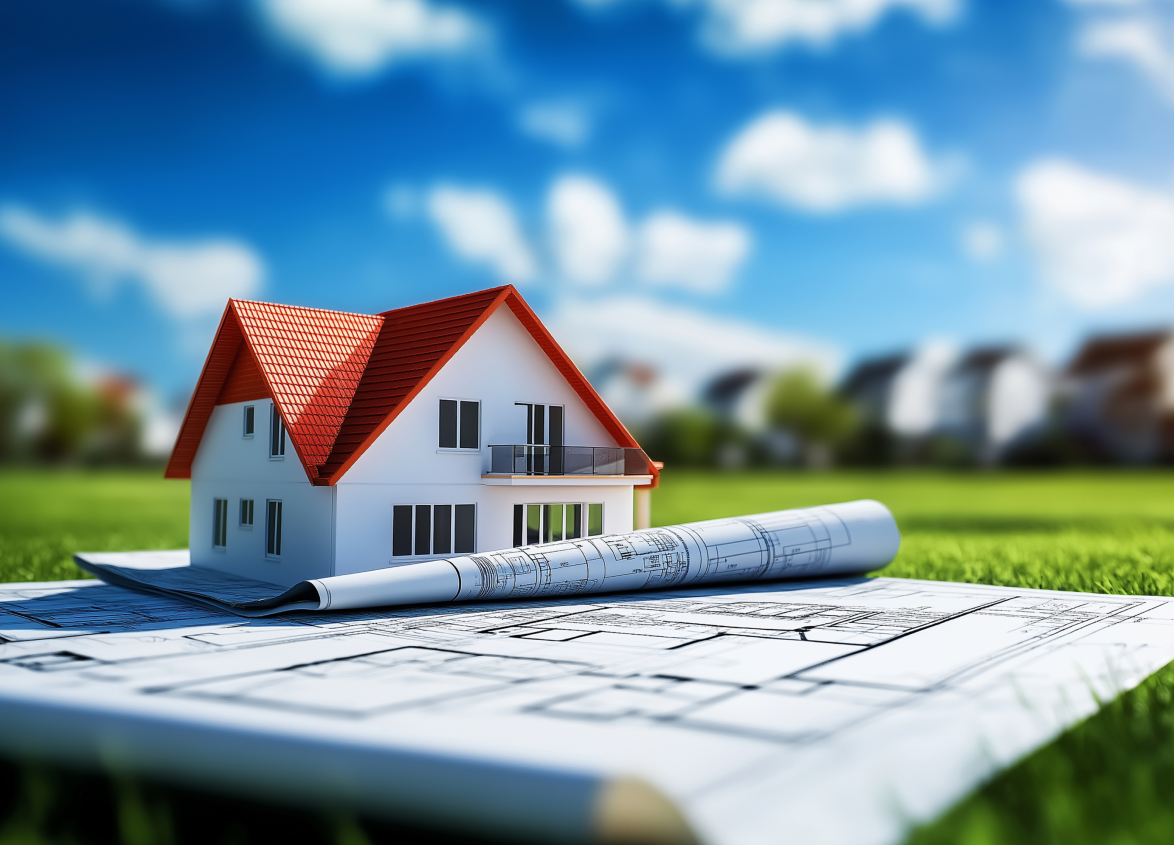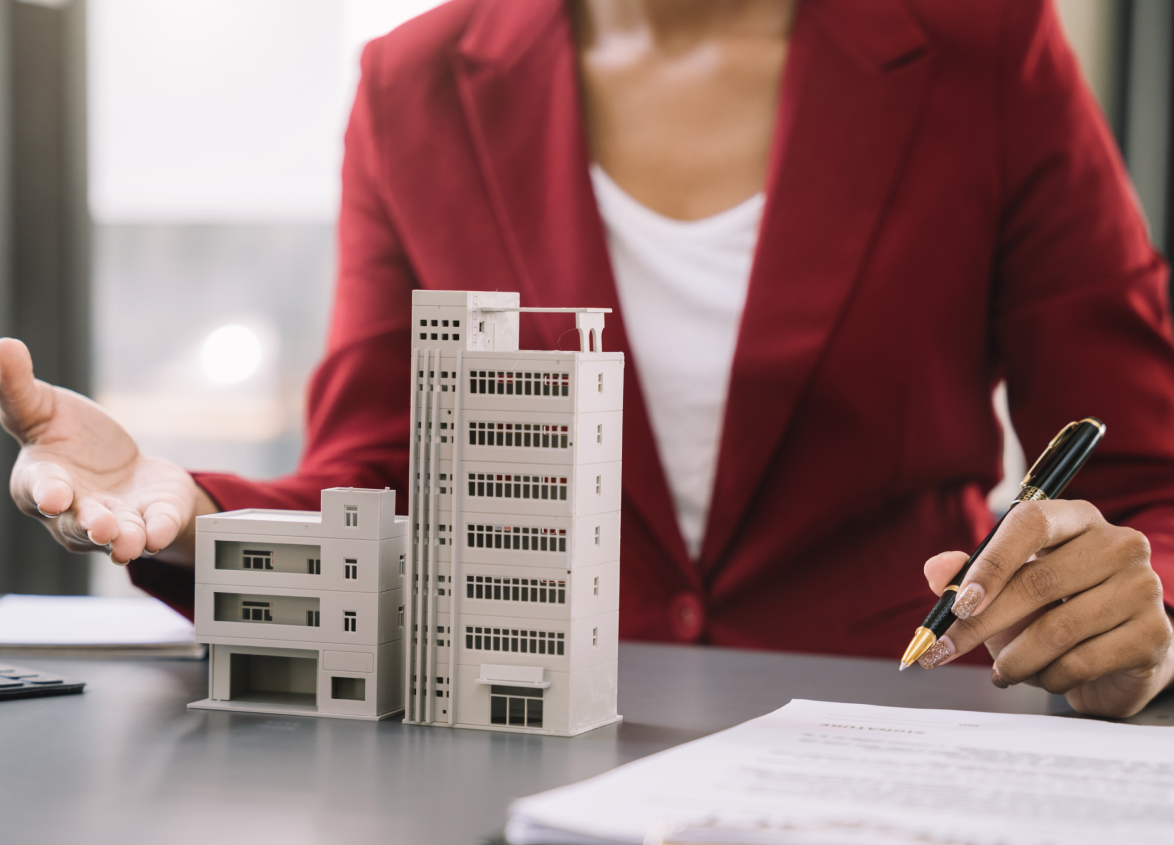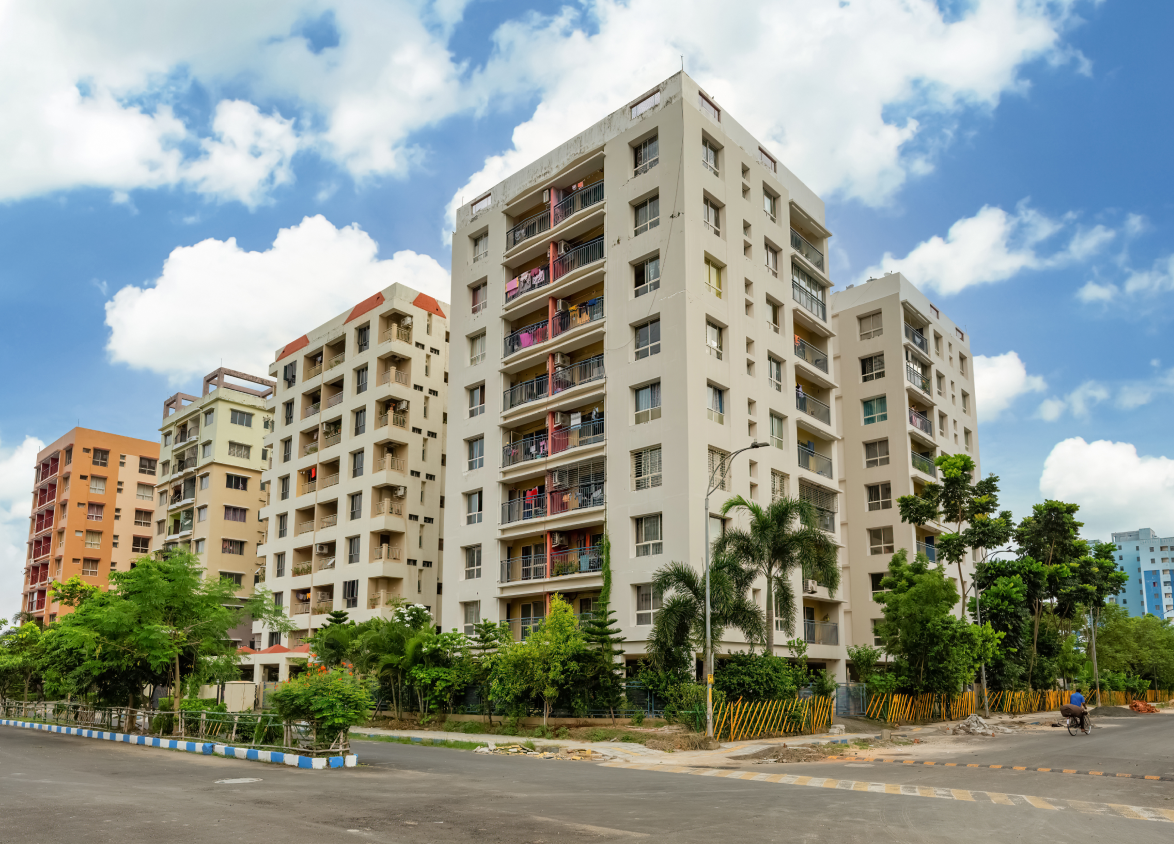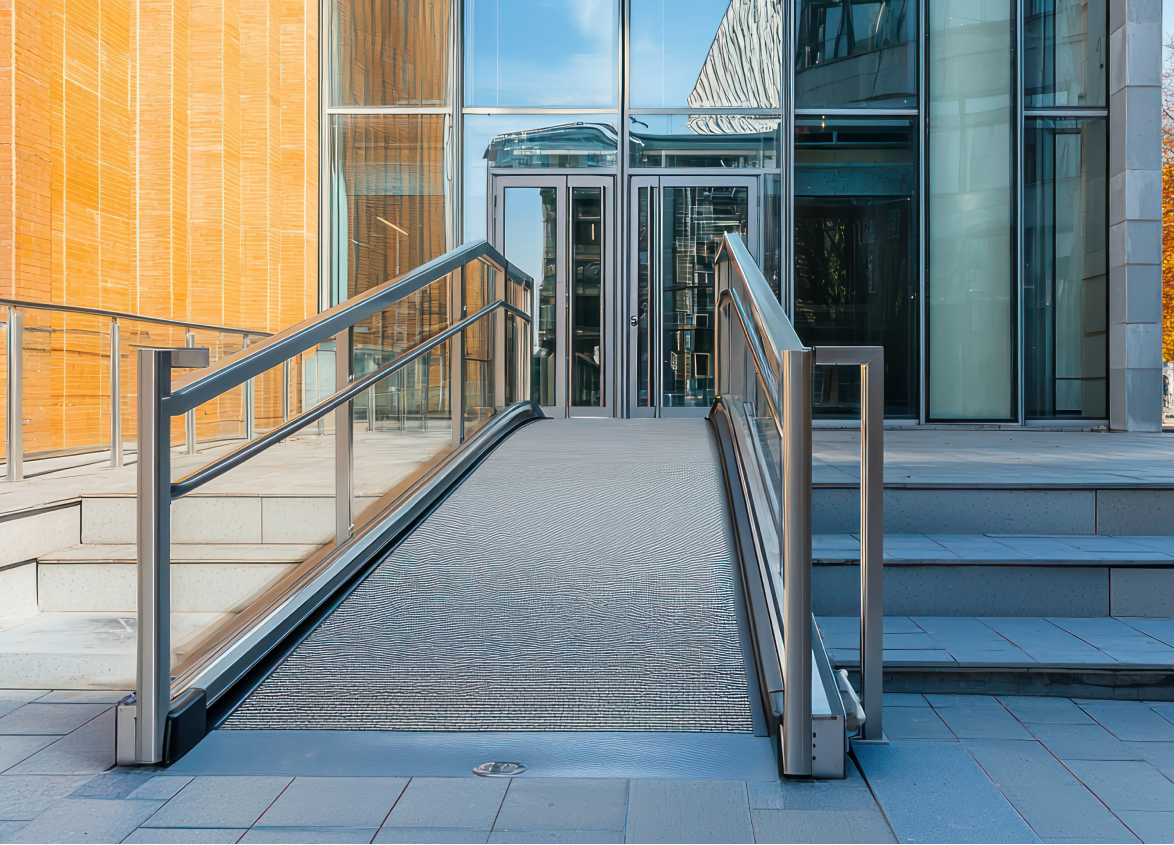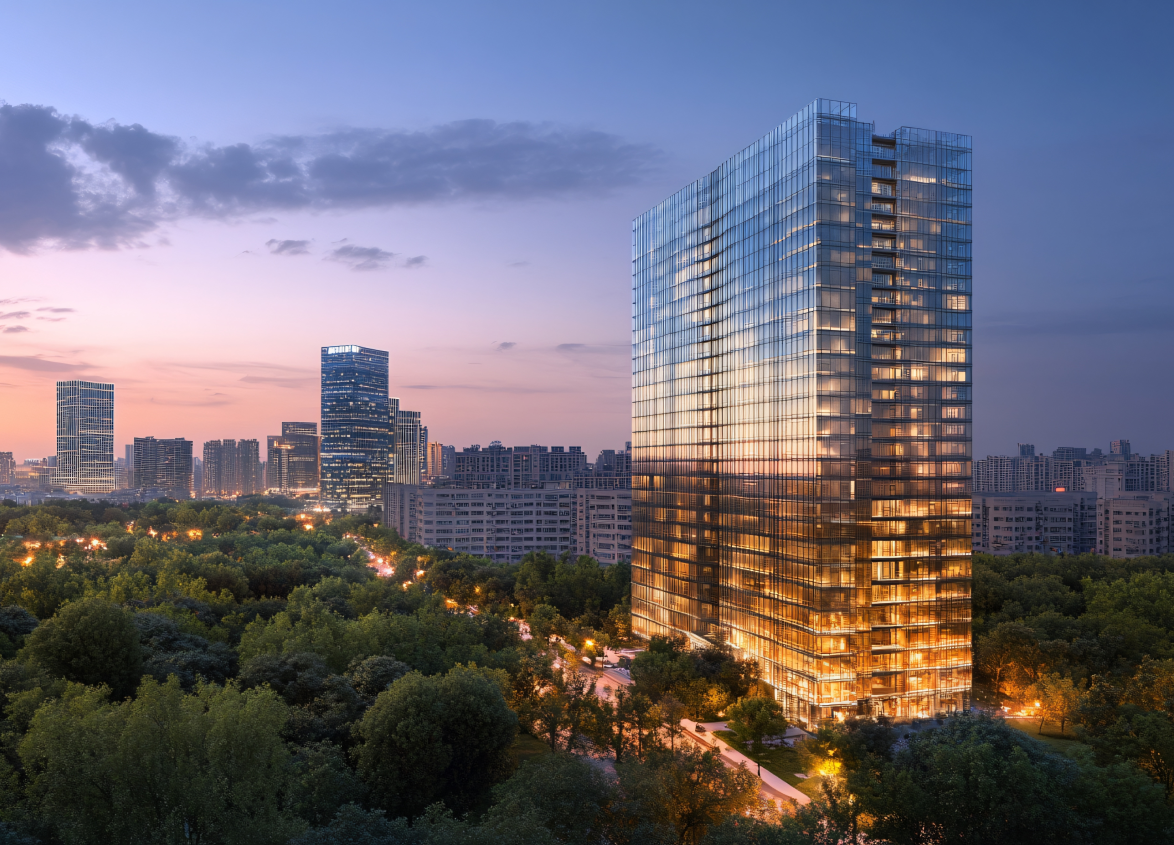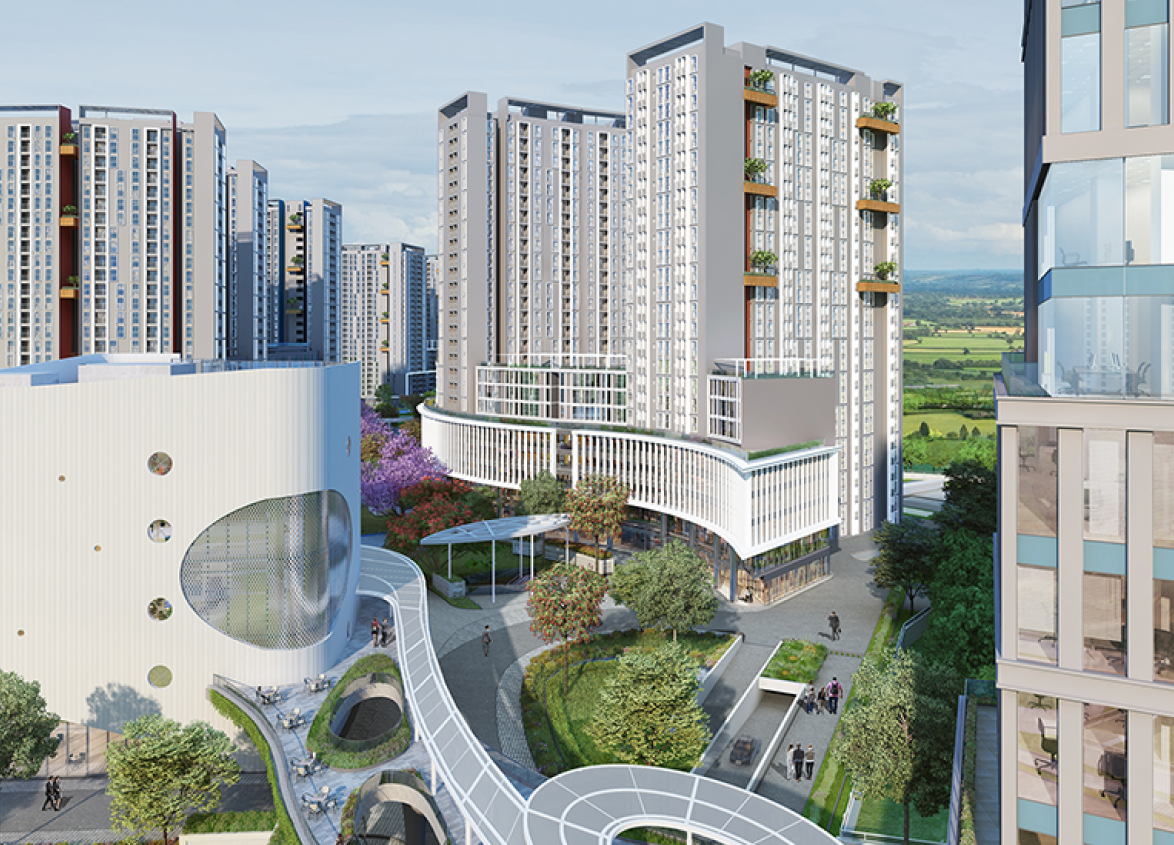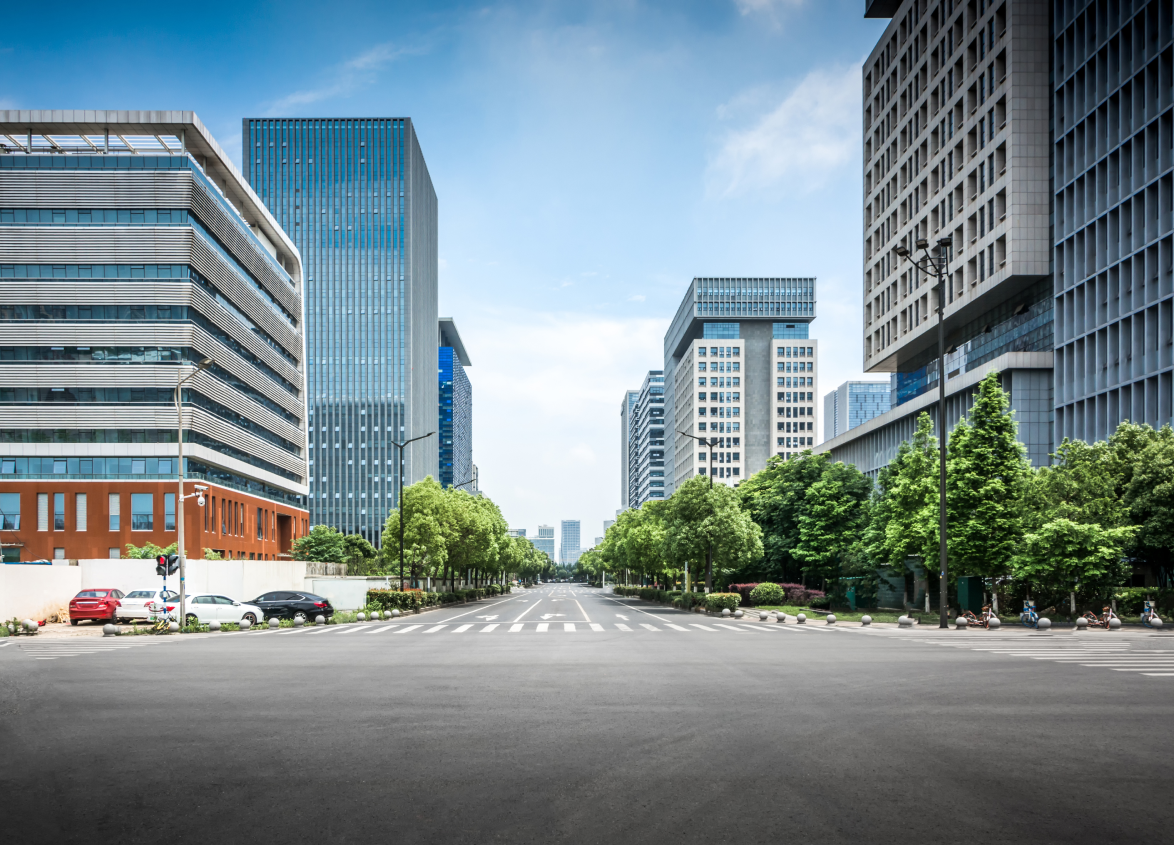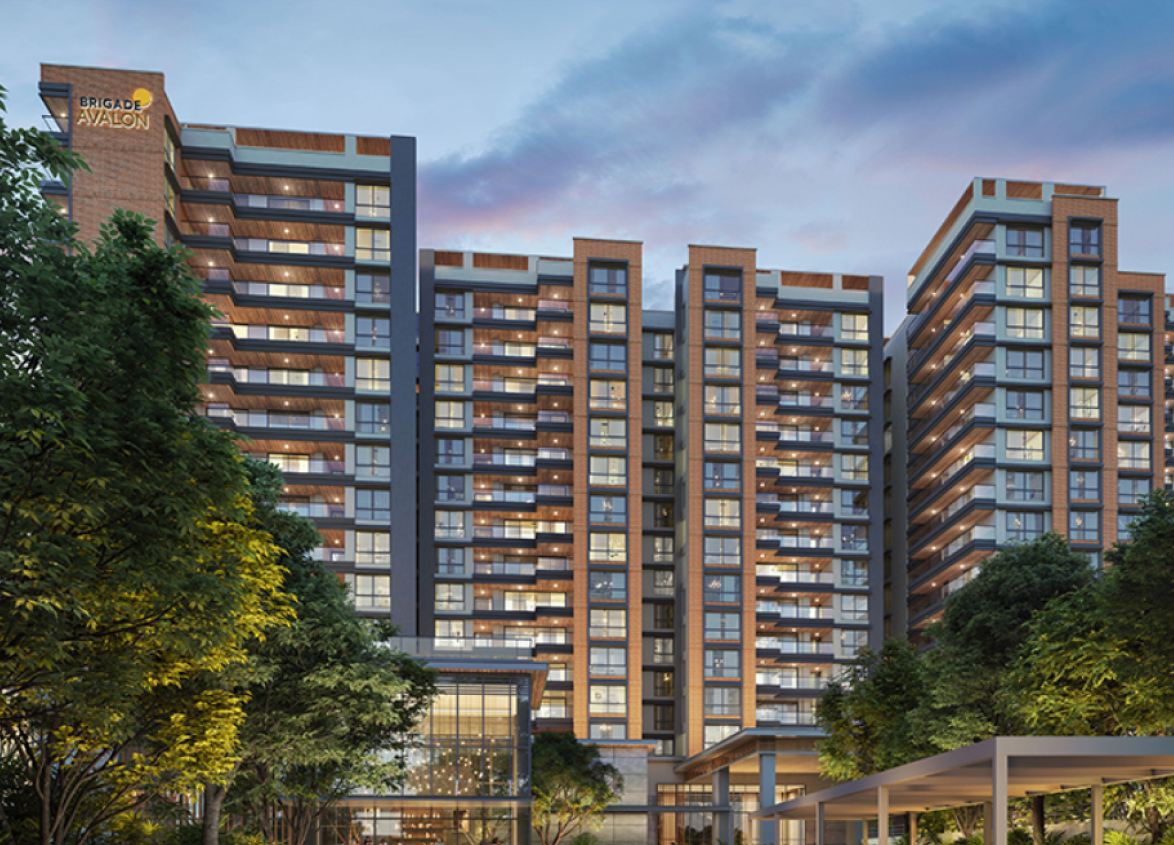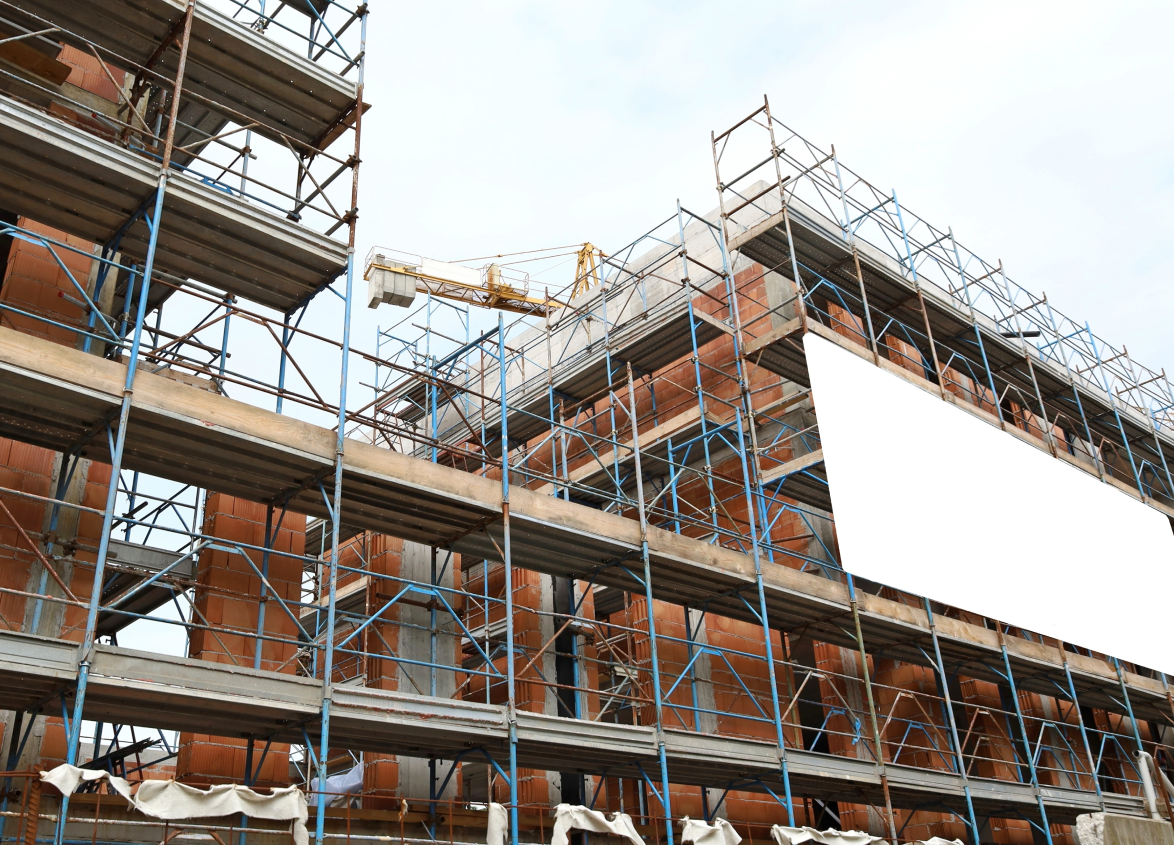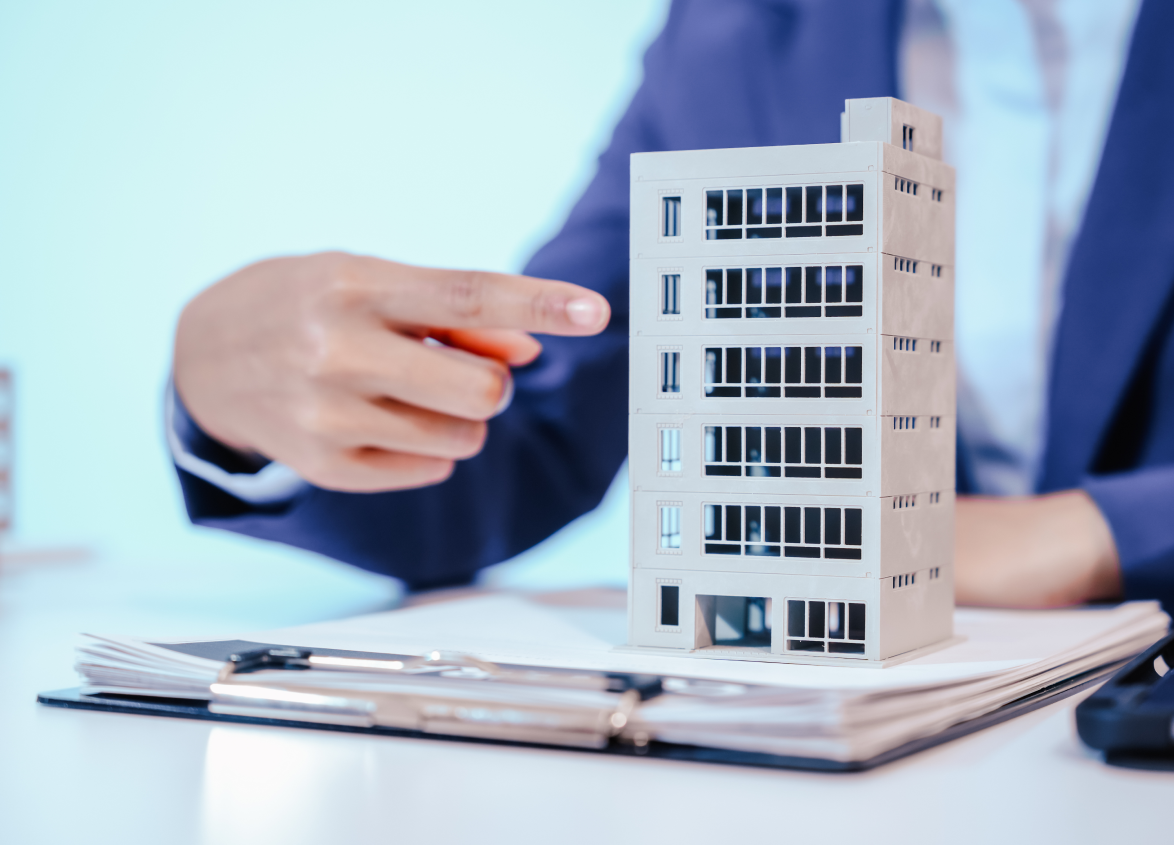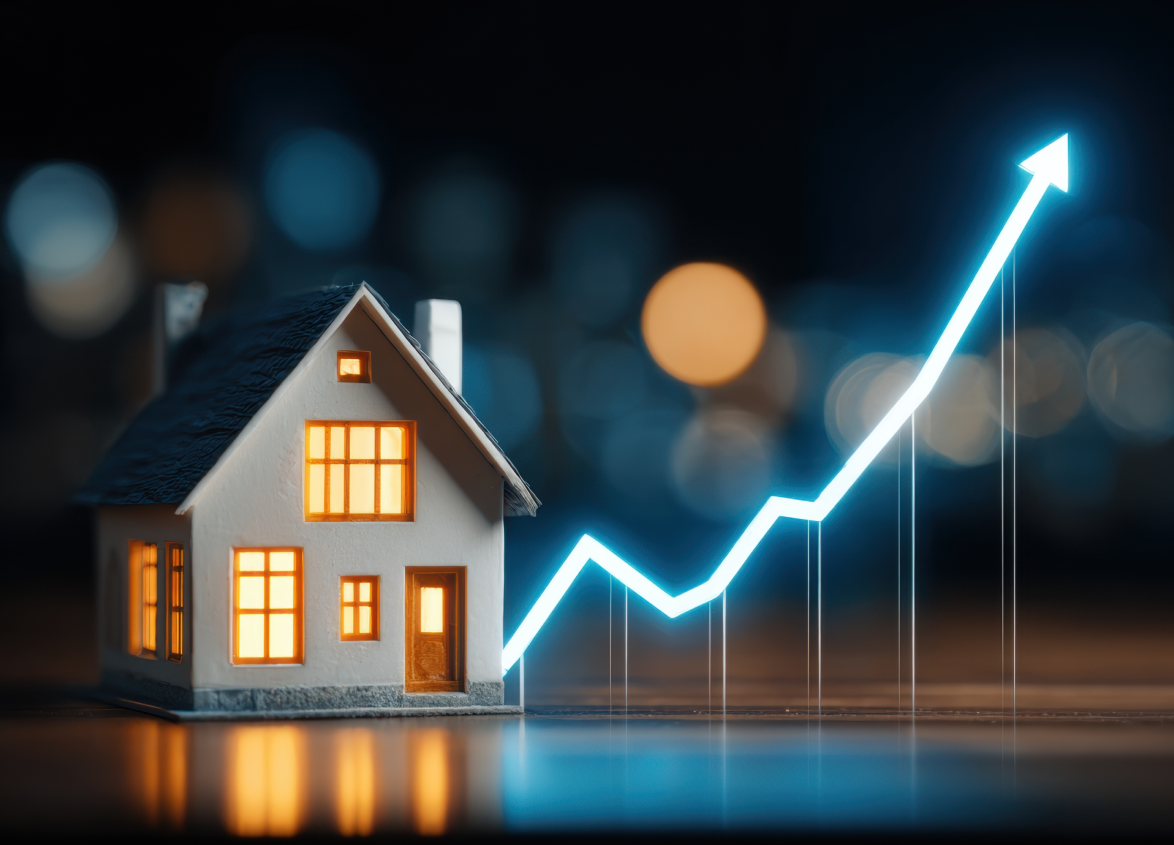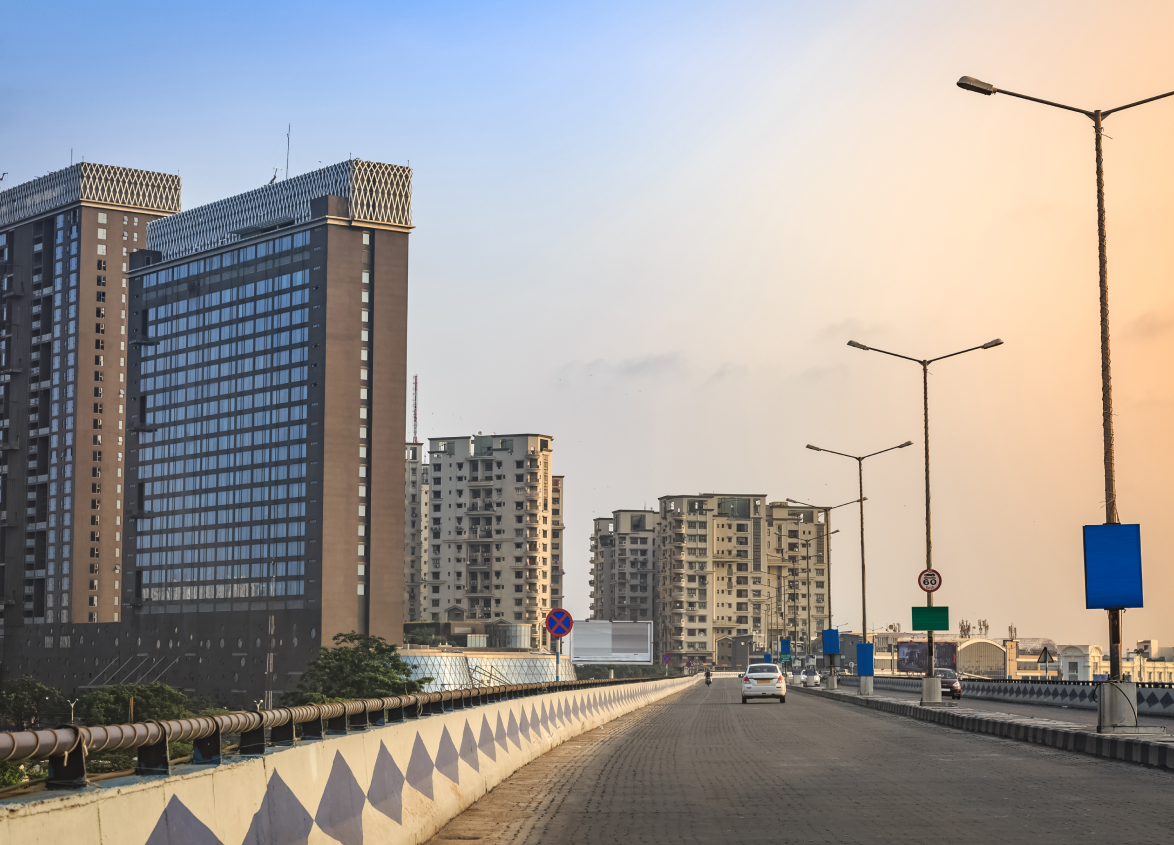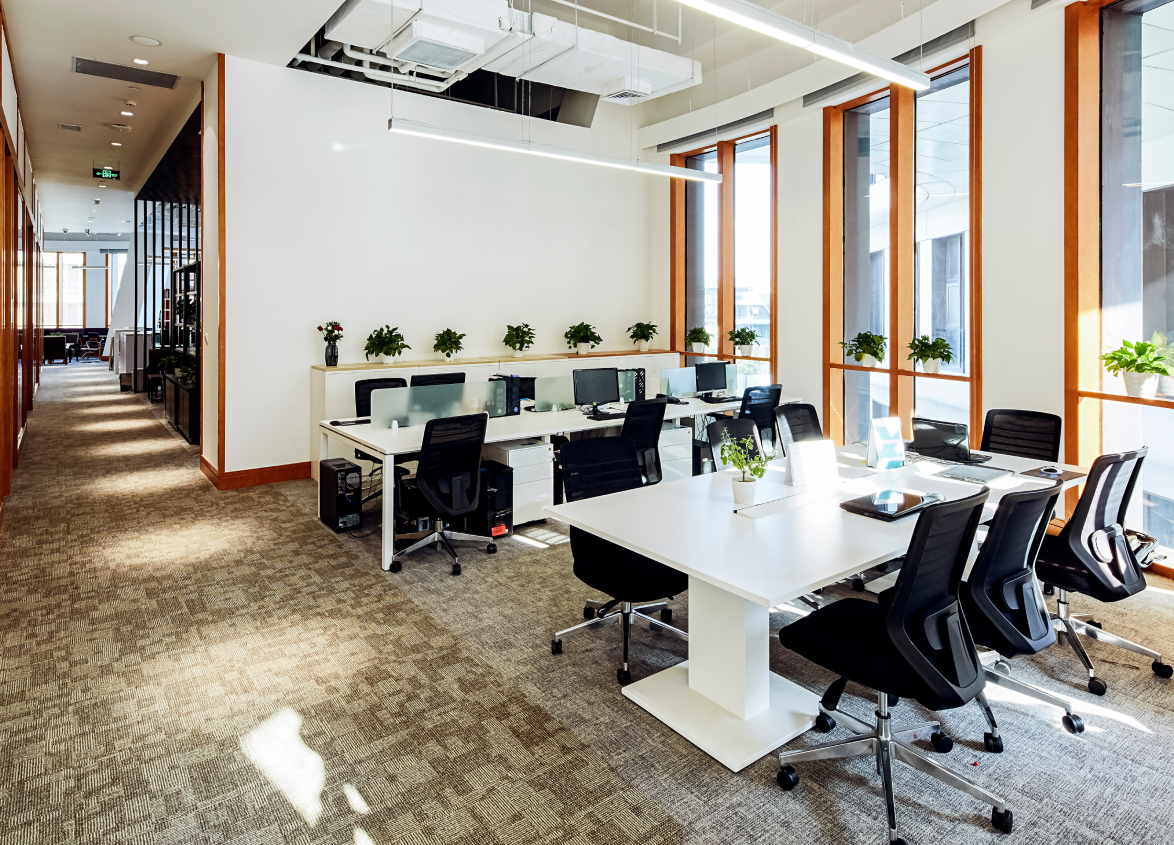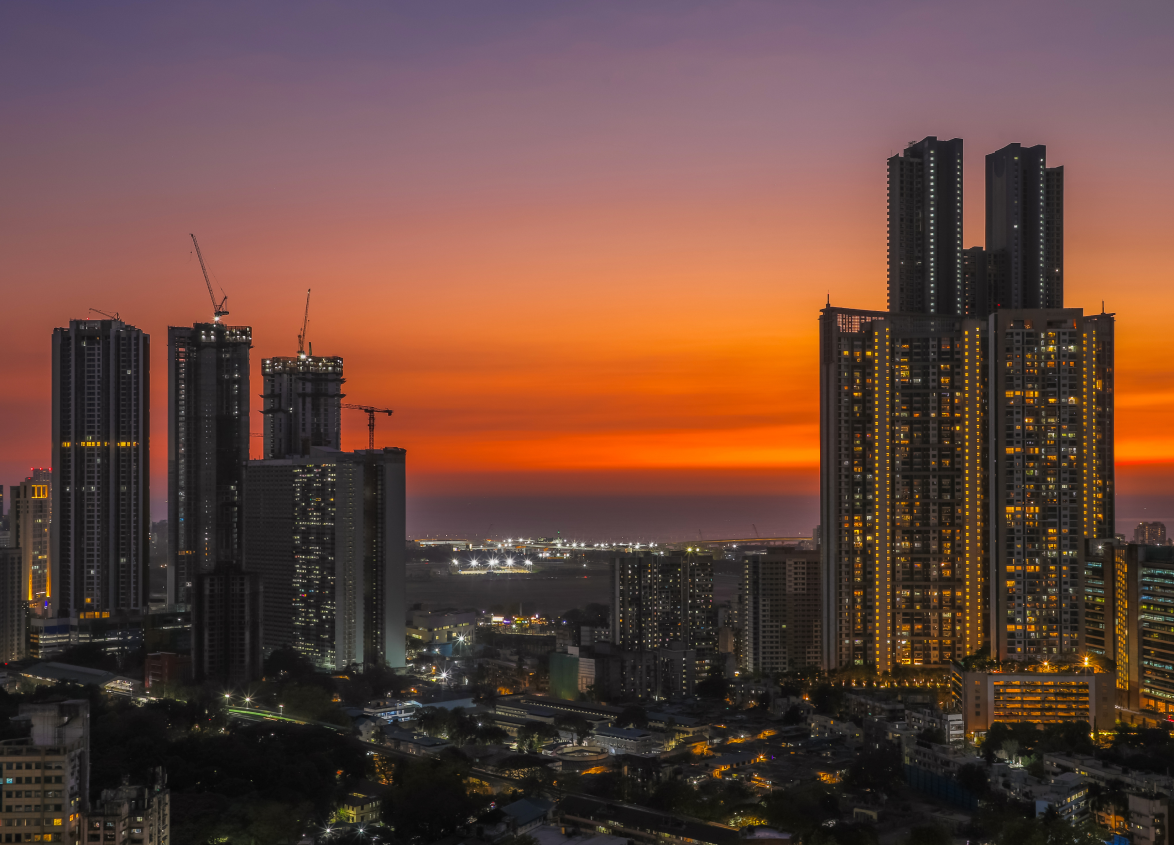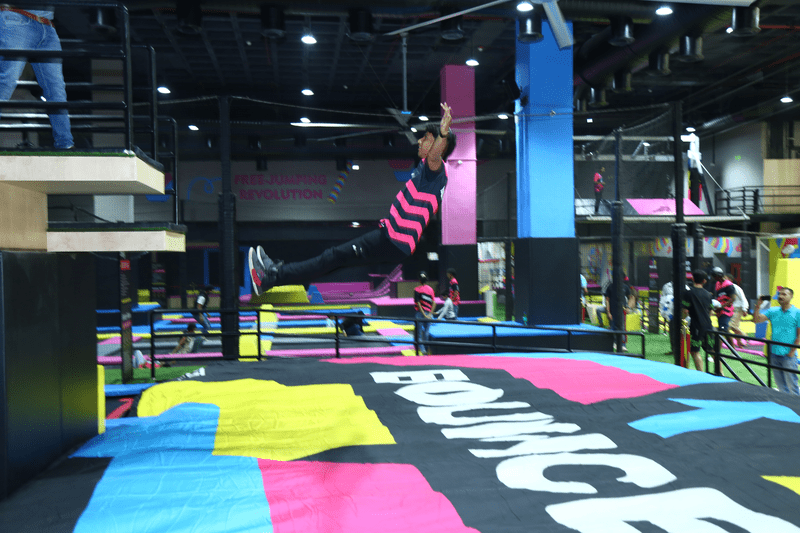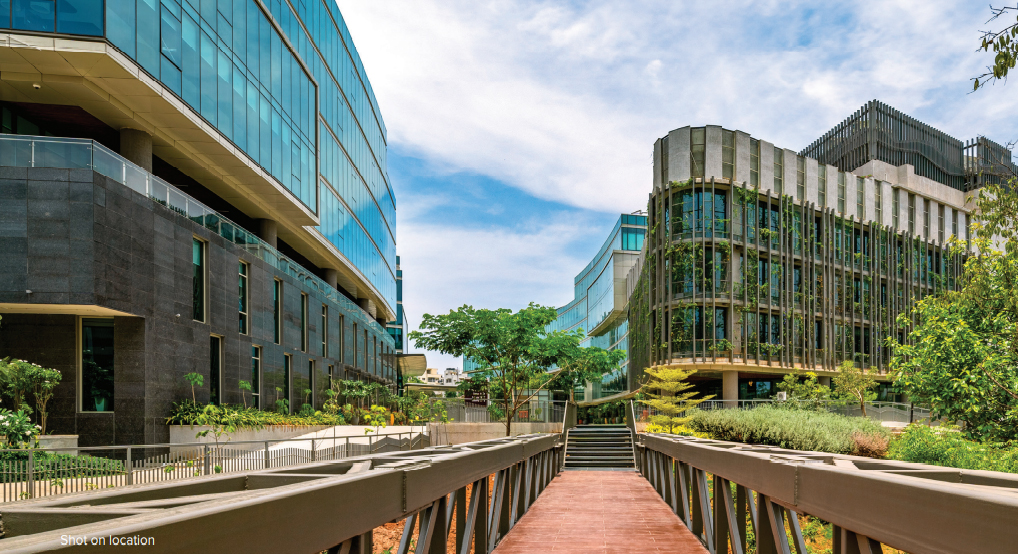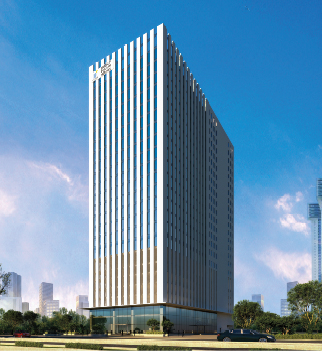
Retail
Retail Real Estate in 2025: Emerging Trends to Watch Out For
May 14, 2025
The outlook of retail real estate in 2025 is influenced by primary changes brought about by technological innovation, changing consumer habits and economic pressures. While the sector has faced many challenges due to the rise of e-commerce and the worldwide effect of COVID, it has also created opportunities for adaptation and growth.
To remain competitive, retailers and property owners are transforming their retail spaces, incorporating digital solutions and keeping pace with changing consumer expectations. As a result, retail real estate trends have been rebuilding conventional formats, leading to innovative strategies and new approaches to set the rules for future retail real estate.
In this blog post, we will take a look at the top trends that are driving the industry. From upgrading mixed-use projects and reduced-footprint store formats to new technology and environmentally friendly retail strategies, each trend holds significant insight into how retail investment property will shape up in 2025 and beyond.
Evolving Trends for 2025: Transforming Retail Spaces
As of 2025, retail environments are being reimagined by various emerging trends. The key trends are the rise of mixed-use projects, the introduction of smaller store formats and pop-up shops and retail expansion into suburban areas.
| Trend | Description |
|---|---|
| Rise of Mixed-Use Developments | Mixed-use projects combine retail, residential, commercial and hospitality to create lively, multifaceted boundaries. Brigade Gateway is one such example. These developments blend shopping, dining, entertainment and living to meet modern consumer needs. Mixed-use developments showcase an active and invigorating ambience that can attract diverse users and prolong visits. |
| Smaller Store Formats and Pop-Up Shops | The tendency of customers to go for distinctive, local shopping experiences compels retail to address their demands. A smaller store allows retailers to maximise their space efficiency and cost-effective experience without feeling distant from "home”. However, Pop-ups promise brand mobility while capturing new markets, raising excitement about transitory products and speaking to consumers with a new voice. Thus, temporary touchpoints are possible in myriad spaces, from malls to streets to events. It's a very dynamic interaction with retailing. |
| Suburban Retail Growth | Suburban areas are booming as more people seek the experience of living and shopping there. Retail developers are capitalising on this trend by creating community-centric retail centres catering to suburban lifestyles. Typically, these centres integrate a carefully curated mix of essential services, restaurants and entertainment venues, making shopping convenient and holistic. By incorporating elements of suburban life into their retail developments, these enclaves aim to foster a strong sense of community among residents. They, therefore, contribute to the overall quality of life by creating accessible, well-organised spaces that satisfy day-to-day requirements. |
Technological Advancements Shaping Retail Real Estate
A technological revolution is underway in retail real estate. It is transforming business operations and how consumers shop, enhancing productivity in retail activities and redefining the shopping experience.
Retailers continue to find new ways to innovate to provide a seamless and engaging omnichannel experience across digital technology and physical stores. Technological advancements have created a bridge for innovators, allowing retailers to keep up with the ever-increasing demands of tech-savvy consumers.
Integration of E-commerce and Physical Retail
- The convergence of e-commerce and physical retail is transforming the retail real estate industry.
- Innovations such as virtual reality (VR) and augmented reality (AR) elevate in-store experiences and minimise the distinction between digital and physical retail.
- Malls are adapting to fit omnichannel strategies, adding experiential offerings and digital innovations to stay competitive in the e-commerce era.
Adoption of Omnichannel Strategies (BOPIS)
- Buy Online, Pick Up In-Store (BOPIS) is emerging as a pillar of retail strategies.
- It enhances customer convenience and generates traffic to physical stores.
- Merchants are reframing their establishments to support BOPIS functions, such as special pick-up zones and accelerated checkout lanes.
Adoption of Contactless Payment Systems and Self-Checkout Kiosks
- The use of contactless payment technologies and self-service checkout kiosks is gaining momentum.
- Spurred by the need for safety and convenience.
- Improves the in-store shopping experience by reducing wait times and physical interaction.
- Retailers are investing in these systems to satisfy customer demands and remain competitive.
Sustainable and ESG-Focused Retail Development
Sustainability is now an urgent priority within the retail real estate sector. Investors and developers value green strategies to lower carbon footprint and entice eco-sensitive customers. Increased environmental awareness and rising regulatory pressure are pushing developers towards sustainability.
Not only does sustainable practice create positive environmental benefits, but it also maximises long-term property value and desirability. Developers are adopting green building techniques and installing energy-efficient systems to design sustainable retail spaces that align with ESG (Environmental, Social and Governance) objectives.
Importance of Sustainability in Retail Real Estate Investment
Sustainability is an important factor in retail real estate investment. Developers' and investors' green initiatives and energy-efficient design practices help curb their carbon footprint and attract the environmentally conscious consumer. This movement towards sustainability benefits the earth and the long-term value of the retail property.
Implementation of Energy-Efficient Systems
These energy-efficiency programs have become standard in retail real estate. The new advanced HVAC systems are coupled with solar panels and more energy-efficient lighting to save energy and enable lower operational costs. This helps businesses align sustainability investments with the wider ESG (Environmental, Social and Governance) goals.
Advantages of Green Certification
LEED (Leadership in Energy and Environmental Design) certifications are increasingly recognised in retail real estate. These certifications confirm a property's sustainability and marketability. Properties that carry green certifications are viewed as being of better quality, gaining the eye of tenants and investors.
Economic Factors Influencing Retail Real Estate
Economics dictates the formation of the retail realty market. The state of the economy directly influences consumer purchases and thus affects the demand for retail spaces. Economic growth increases retail space demand, whereas minus growth results in poor footfall and low sales.
In addition, other economic factors like interest rates and construction costs significantly contribute to an investor's decision to embark on a retail project. Hence, it becomes necessary for every stakeholder to understand these economic factors in order to make sensible decisions and avoid the possible complications associated with retail investment property.
Impact of Economic Growth on Retail Spaces
Economic growth influences the retail real estate market. A booming economy translates into consumer spending, leading to a higher demand for retail spaces.
Interest Rates and Capitalisation Rates
Interest rates and capitalisation are very important when determining any retail investment property. Low interest rates allow sufficient financing and promote investment in retail property while rising interest rates increase borrowing costs and pressure property values.
Suggested Read - Commercial vs Retail Real Estate Investment
Consequently, it is important to understand these dynamics to make informed investment choices.
Construction Costs and Supply Constraints
Construction costs and supply constraints are critical factors shaping the future of retail real estate. Rising construction costs, driven by material shortages and labour challenges, can impact project feasibility and timelines. Retail developers must navigate these challenges by optimising budgets and exploring innovative construction methods.
Shift Towards Flexible Leasing Models
The retail real estate industry is shifting towards flexible leasing models to accommodate changing market conditions and tenant needs. Traditional long-term leases are being replaced by more adaptable arrangements that offer flexibility and align the interests of landlords and tenants.
Flexible retail leases, such as revenue-sharing and performance-based leases, provide a mutually beneficial framework for navigating economic uncertainties and market fluctuations. Technology also plays a crucial role in supporting these flexible leases, enabling efficient lease management and fostering transparency between landlords and tenants.
Revenue-Sharing and Performance-Based Leases
Flexible leasing models, such as revenue-sharing and performance-based leases, are gaining popularity in retail real estate. These arrangements align the interests of landlords and tenants, providing a mutually beneficial framework for navigating economic uncertainties. Revenue-sharing leases, for example, tie rent payments to a tenant's sales performance, offering flexibility in challenging times.
Technology and Digital Platforms Supporting Flexible Leases
Technology and digital platforms are revolutionising retail real estate leasing. Platforms that facilitate flexible lease agreements, automate rent collection and provide data insights are becoming indispensable tools for property managers and tenants. These technologies streamline operations and enhance transparency in lease management.
Evolving Consumer Preferences
Consumer preferences are evolving rapidly, and retail real estate must adapt to meet these demands. Today's consumers seek unique and engaging shopping experiences beyond traditional retail. There is an increasing need for experiential retail, where shopping is intertwined with entertainment, dining and interactive aspects.
Health and wellness are also becoming important, with consumers prioritising spaces promoting well-being. With growing awareness of the environmental footprint, sustainability and green initiatives are issues that are more relevant to and valued by consumers.
Retailers and developers must stay attuned to these shifting consumer behaviours to create retail environments that attract and retain customers.
Demand for Experiential Retail
The future of retail real estate is increasingly shaped by consumer demand for experiential retail. Shoppers seek engaging, immersive experiences that go beyond traditional shopping. Retailers retaliate by designing unique, engaging store environments that persuade consumers to stay longer and encourage brand commitment.
Health and Wellness-Oriented Spaces
Health and wellness-oriented spaces are becoming integral to retail real estate trends. Consumers are prioritising their well-being, incorporating fitness centres, wellness boutiques and healthy dining options within retail environments. These spaces are responding to an increasing demand for integrated lifestyle experiences.
Sustainability and Eco-Friendly Retail Spaces
Sustainability and eco-friendly retail spaces are gaining traction among environmentally conscious consumers. Retailers are adopting green building practices, offering sustainable products and promoting eco-friendly initiatives. These efforts resonate with consumers who prioritise sustainability in their purchasing decisions.
Investment Opportunities and Challenges
The retail real estate market presents various investment opportunities and challenges. Emerging capital markets and locations offer potential for growth and expansion, while high costs and economic uncertainties pose challenges for new projects.
Investors must adopt effective risk mitigation strategies to navigate these challenges and capitalise on opportunities. Diversifying portfolios, securing long-term leases with stable tenants and conducting thorough market research are essential strategies for a successful retail investment property.
By understanding the market dynamics and proactively managing risks, investors can achieve sustainable growth and profitability in retail real estate.
Emerging Markets and Locations
Emerging markets and locations present significant investment opportunities in retail real estate. Regions experiencing economic growth and urbanisation offer potential for retail expansion. Investors are exploring new markets to capitalise on these opportunities and diversify their portfolios.
Impact of High Capital Costs on New Projects
High capital costs pose challenges for new retail real estate projects. Securing financing, managing construction budgets and achieving profitability requires strategic planning and risk management. Investors must assess the financial viability of projects and explore innovative funding solutions.
Strategies for Risk Mitigation
Mitigating risks is critical in retail real estate investment. All investors and developers can utilise strategies such as real estate portfolio diversification, long-term lease agreements with creditworthy or stable tenants and market studies to understand or anticipate market trends. A holistic approach to risk management leads to sustainable growth and maximised profitability.
Conclusion
As we navigate the future of retail real estate, the industry is experiencing a transformative phase. The trends discussed in this blog point towards innovative strategies and strategic realignments defining the retail industry.
Developers, investors and retailers who remain aware of these trends and adjust their strategies accordingly will be well-positioned to excel in this changing landscape. Retail investment property presents both opportunities and challenges.
The emergence of mixed-use projects, the fusion of technology and the emphasis on sustainability open up new opportunities for expansion and profitability. However, these opportunities come with challenges, from managing high capital costs to navigating economic uncertainties.
By using effective strategies for risk mitigation and keeping pace with market movements, stakeholders will be able to overcome these risks and capitalise on the opportunities on the horizon.
Brigade's retail business unit exemplifies how embracing these trends can lead to success. With a focus on mixed-use developments, sustainability and technological integration, Brigade is well-positioned to meet the demands of the modern retail landscape. By continuing to evolve and respond to consumers' needs, Brigade creates resilient and prospering retail environments.
To sum up, the retail real estate trends 2025 highlight the significance of flexibility, innovation and strategic vision. As the industry continues to evolve, those who embrace these trends and leverage their potential will be at the forefront of shaping the future of retail real estate.
MUST READ
Looking for something specific?
We'd be delighted to help you.
